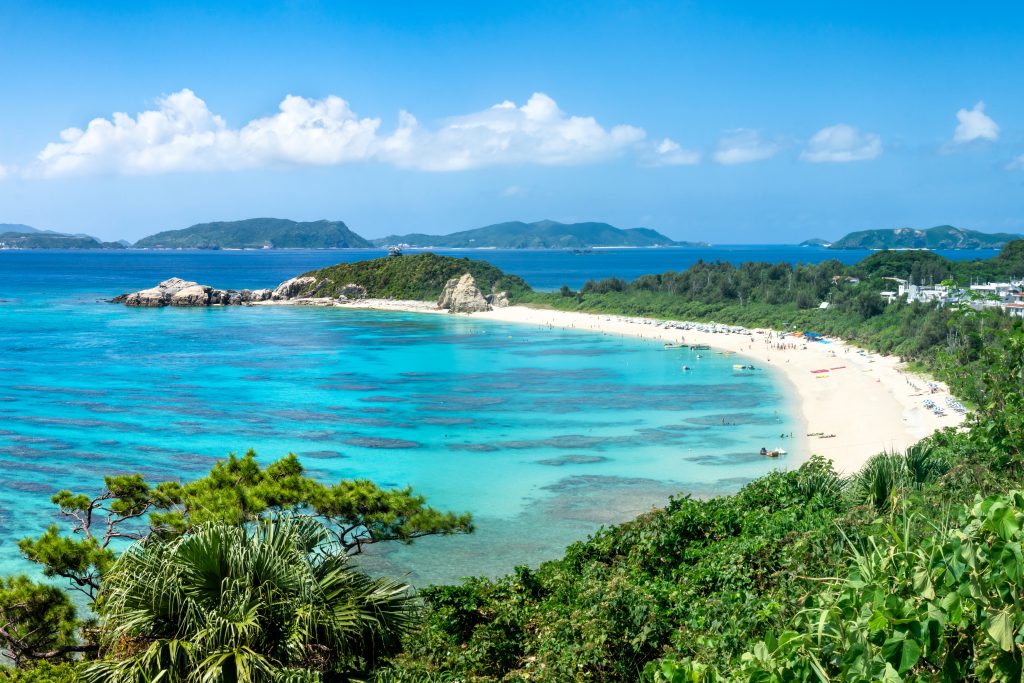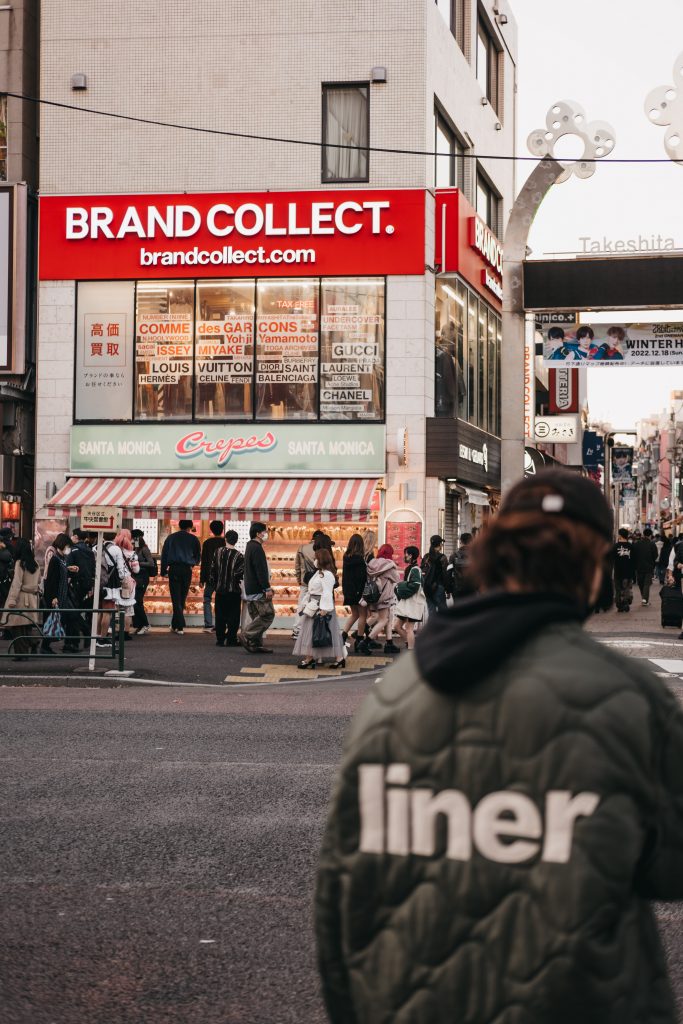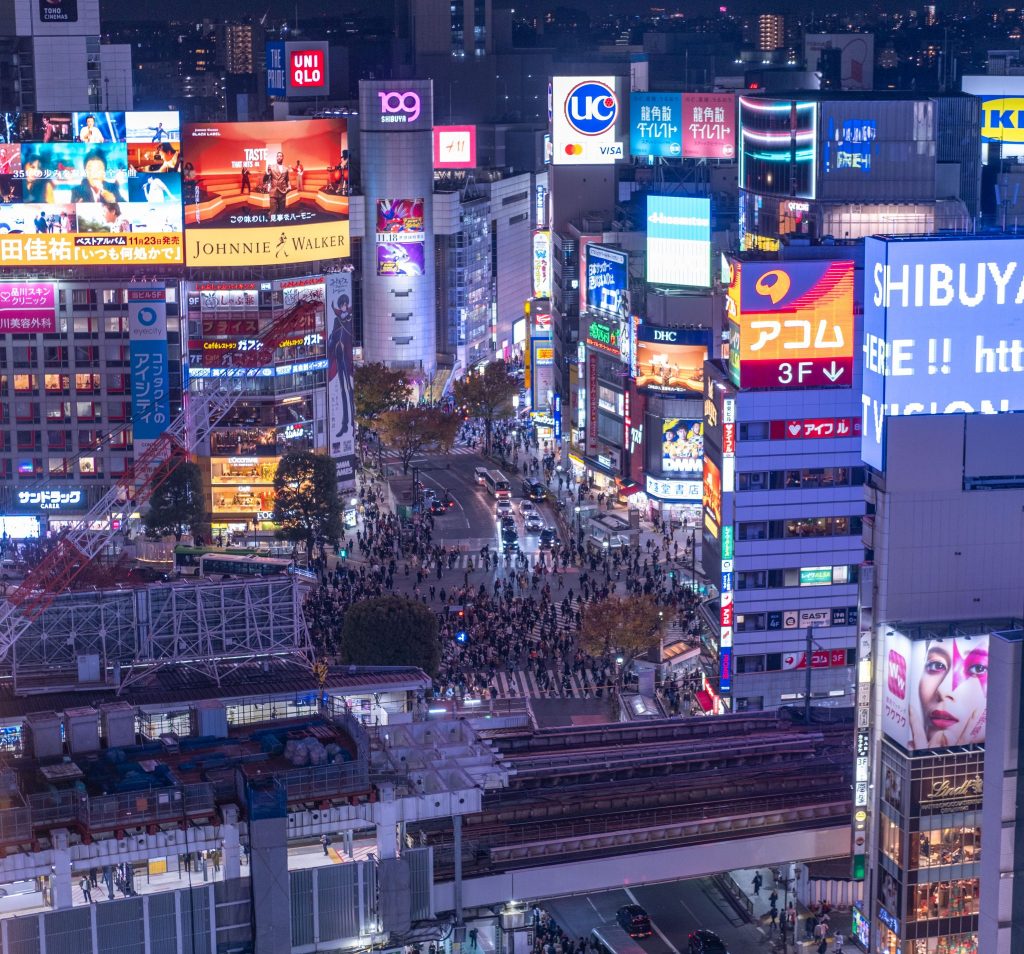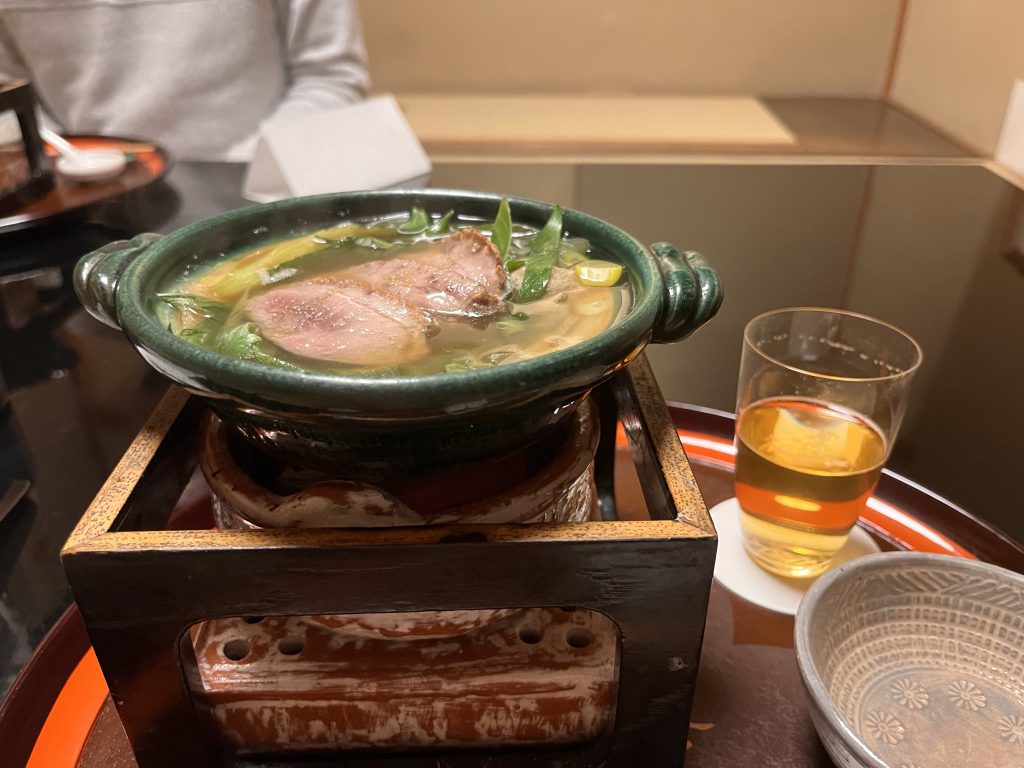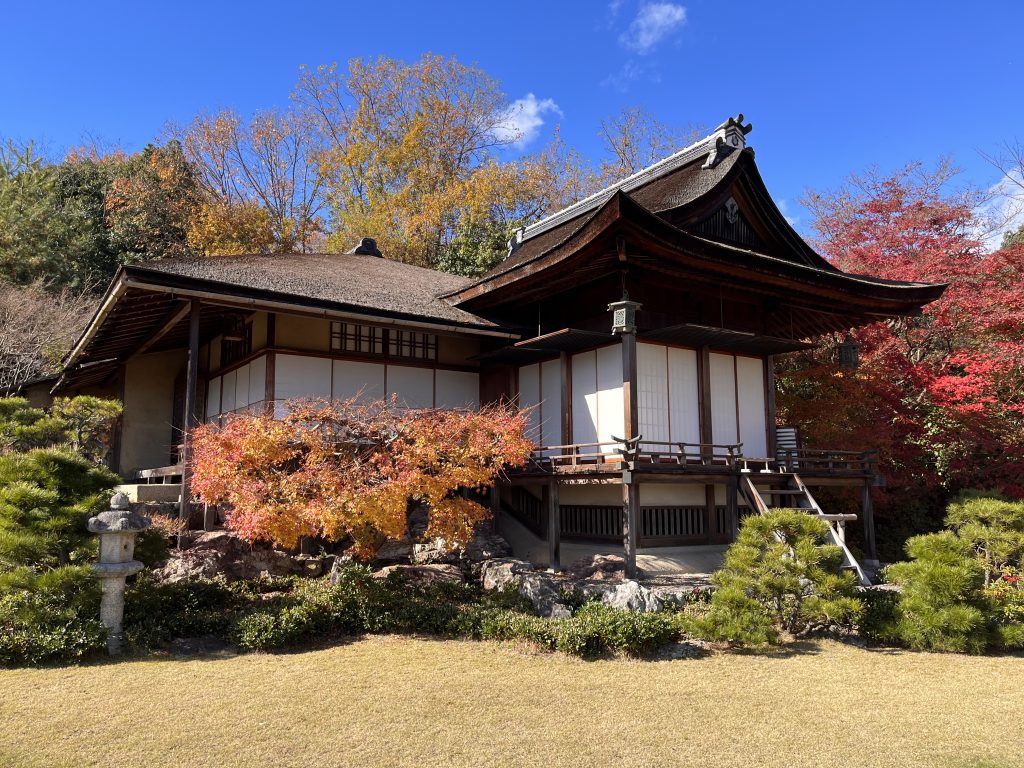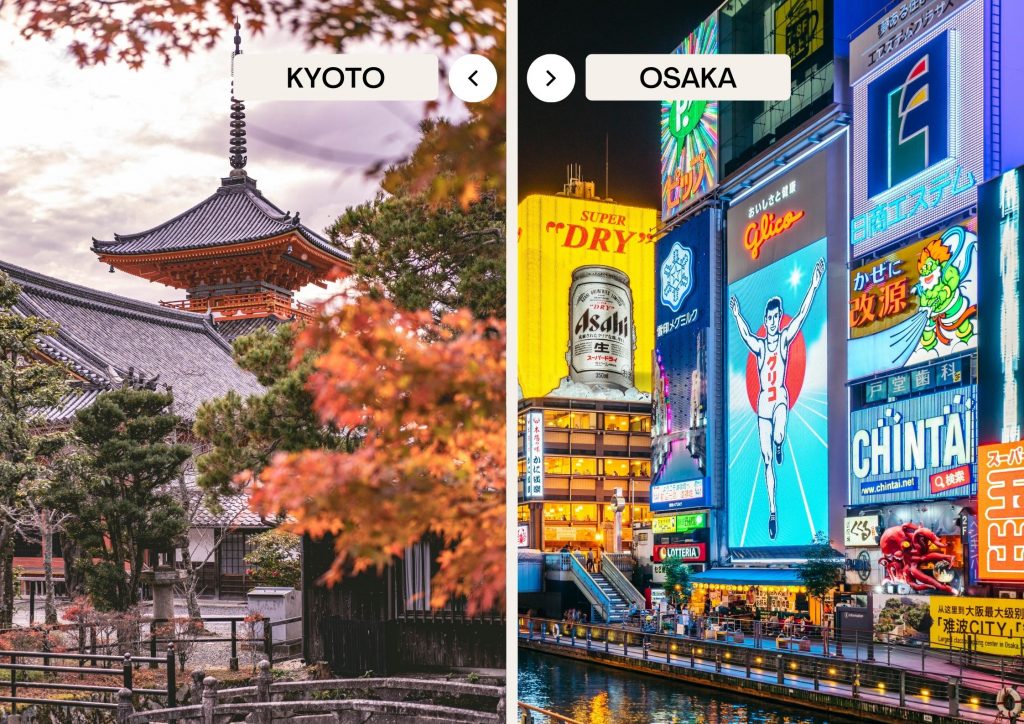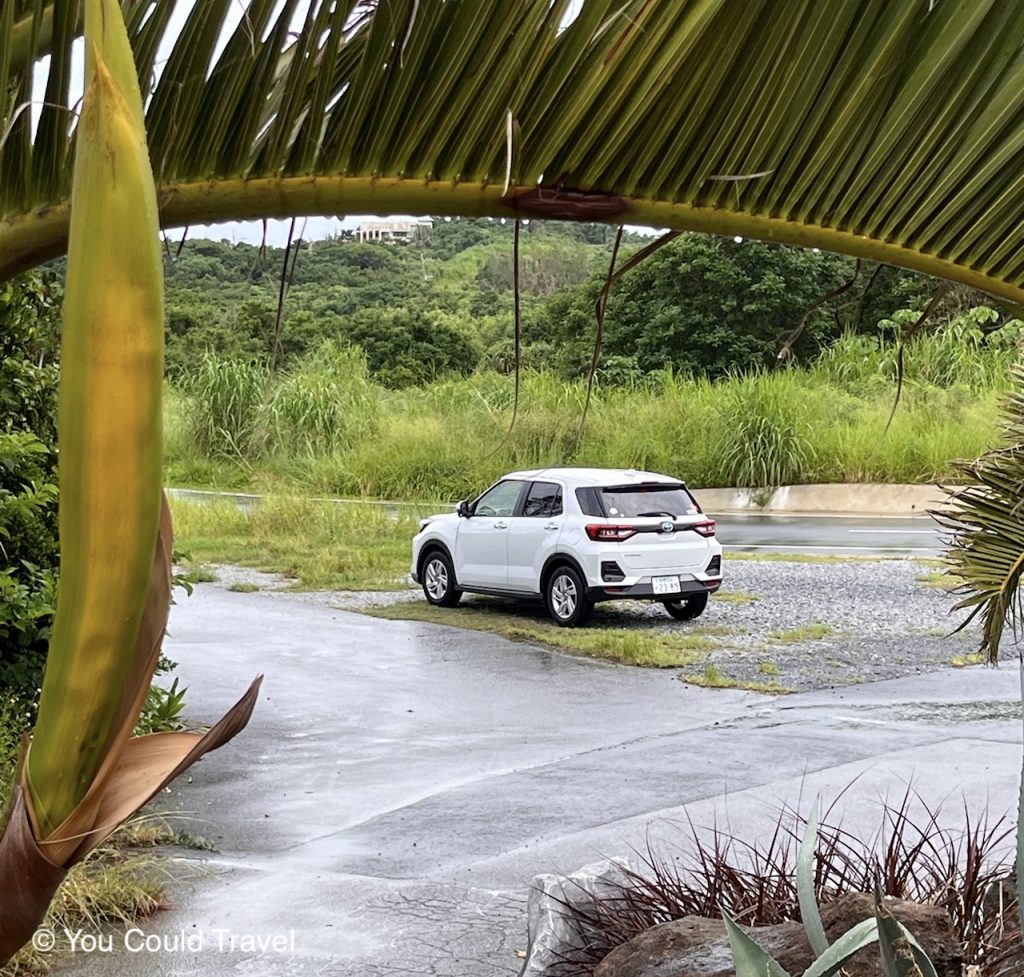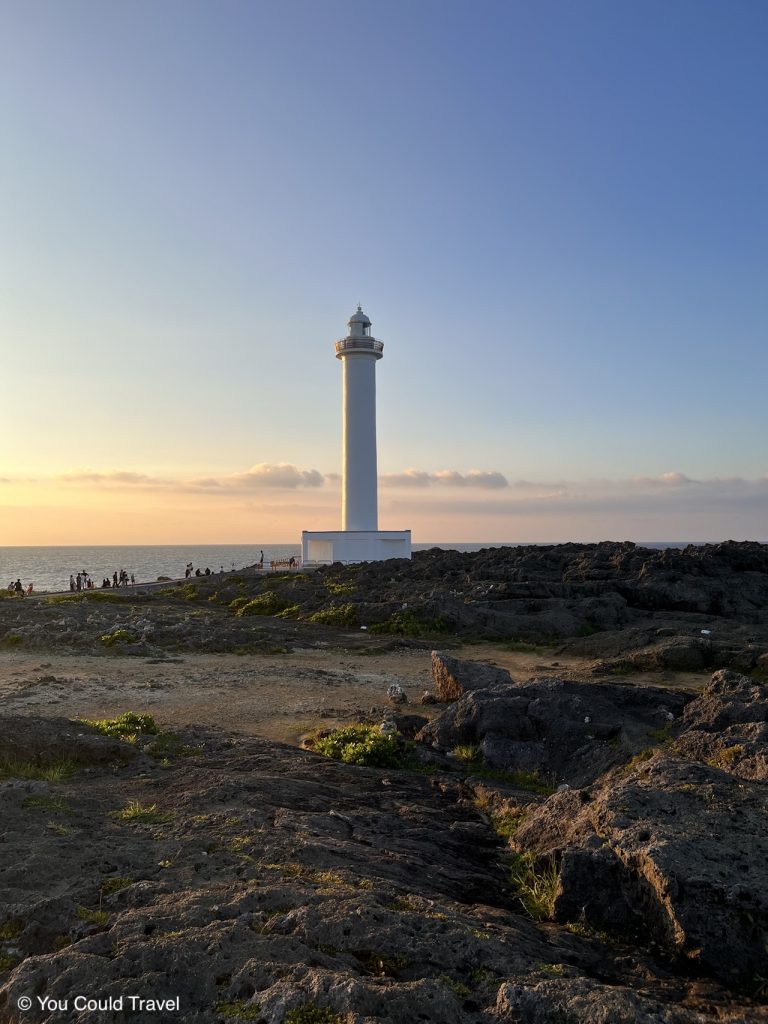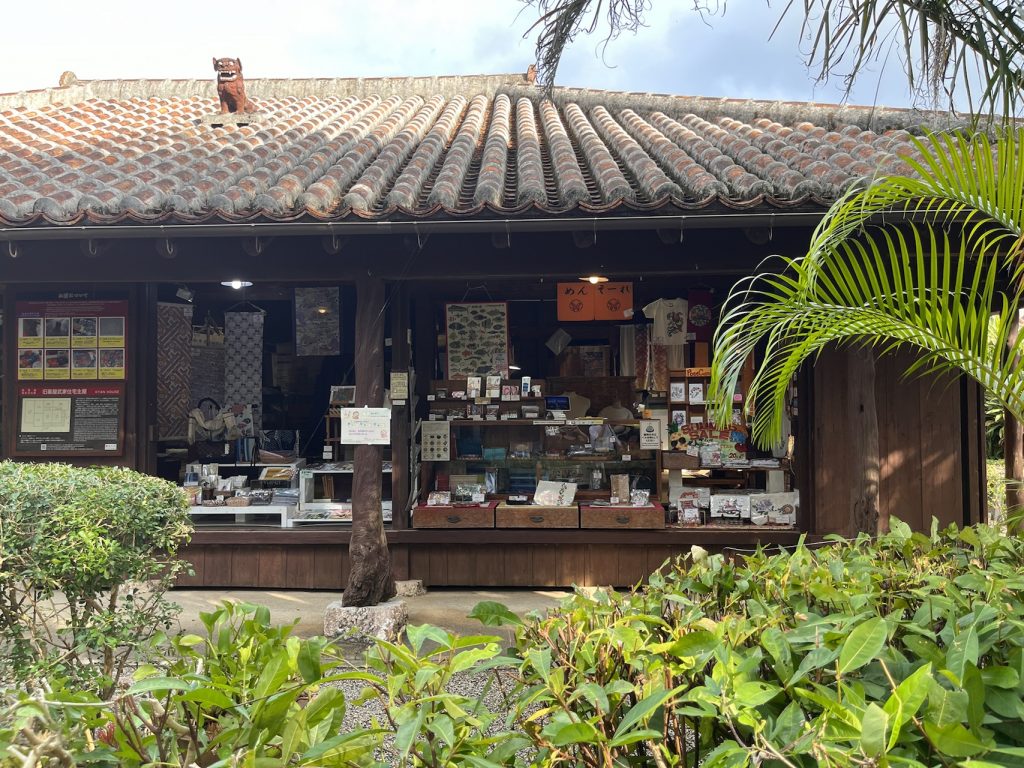We Help Design Your Dream Japan Trip
We have meticulously curated self-guided itineraries that immerse you in Japan’s vibrant culture, traditions, landscapes, and undeniable charm.
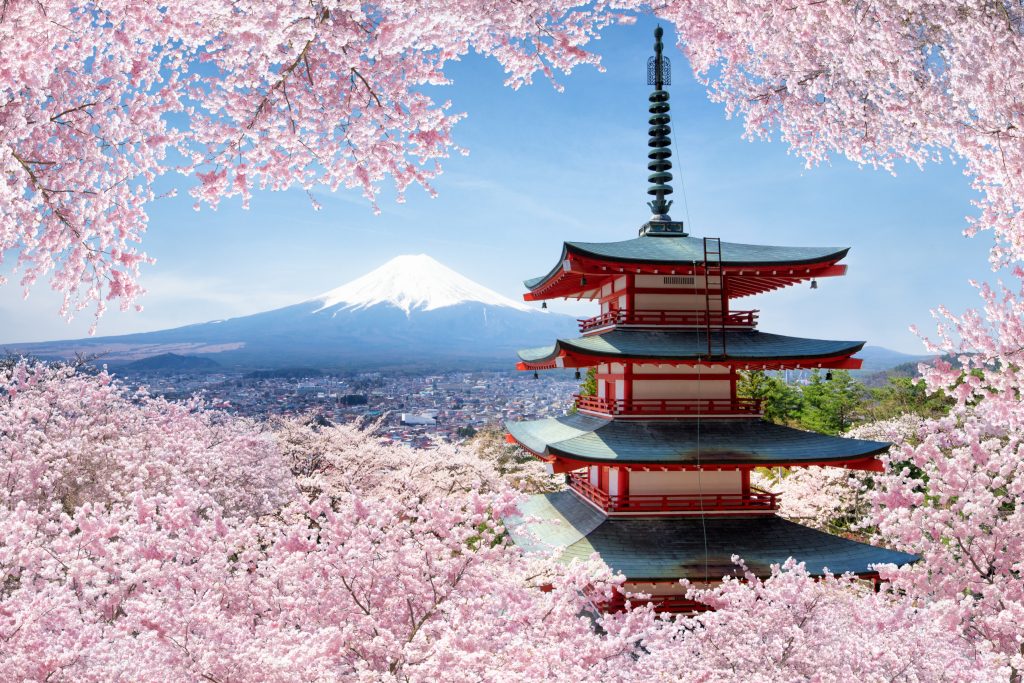
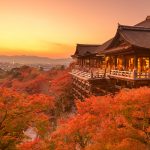
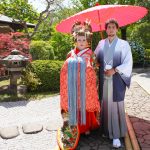

Effortless Booking
Seamless reservation

Secure Transactions
Secure Payment Methods

Hassle-Free Planning
Customized Travel Experiences
Our Most Popular Tours

Classic Japan Self-Guided Tour
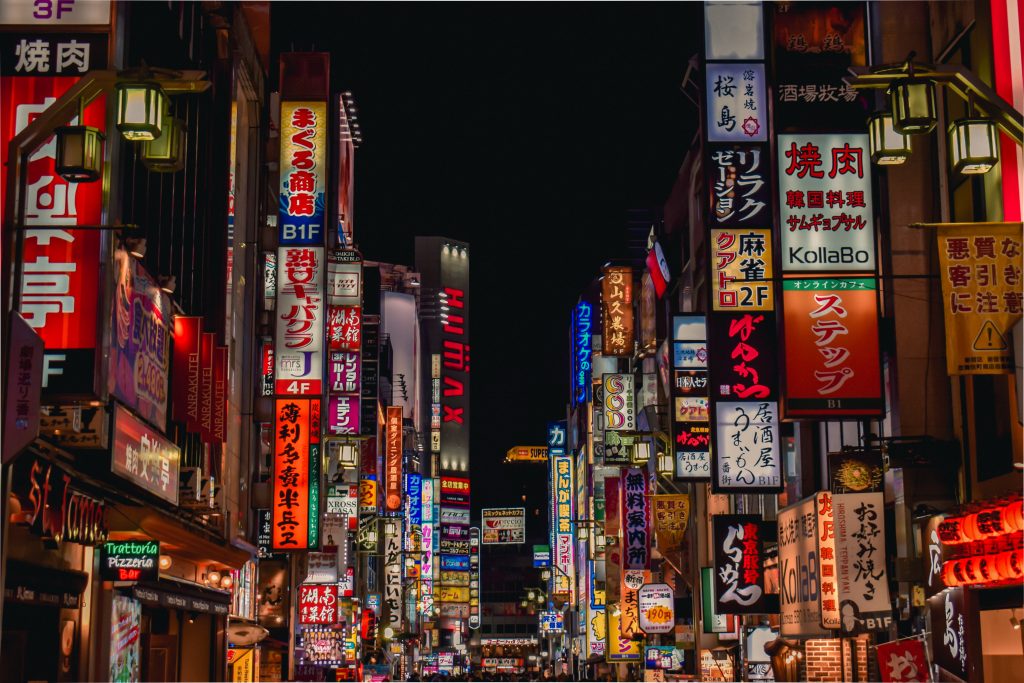
Classic Tokyo Self-Guided Tour
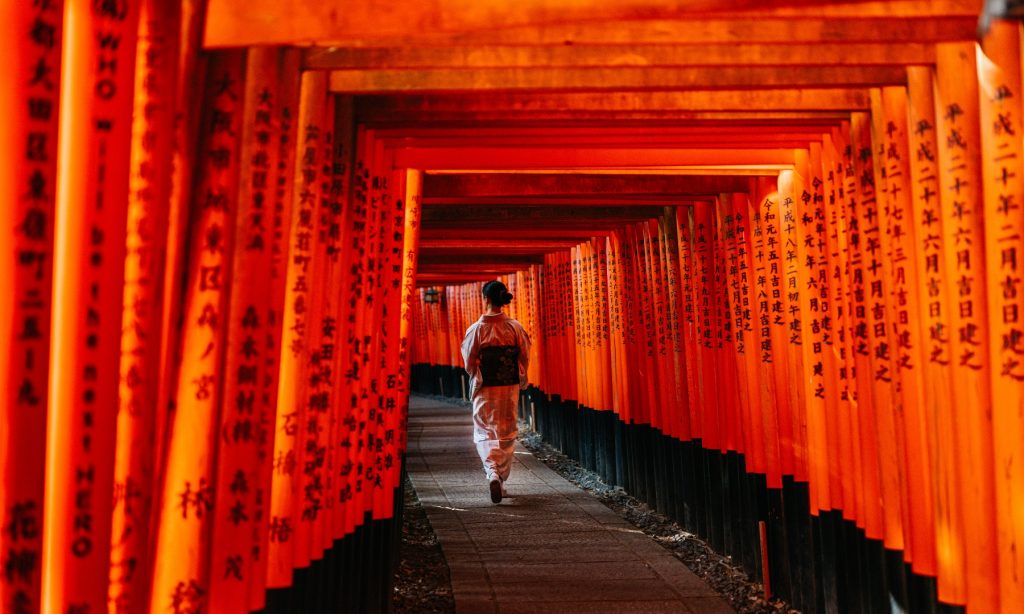
Japan Highlights Self-Guided Tour
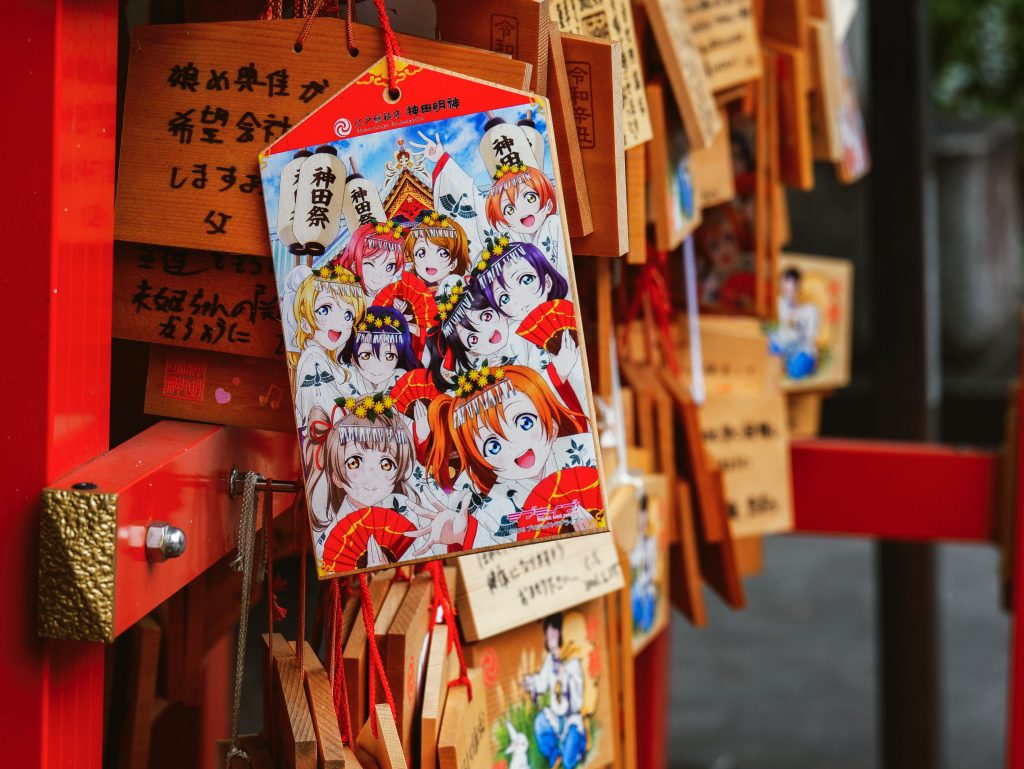
Anime Japan Self-Guided Tour
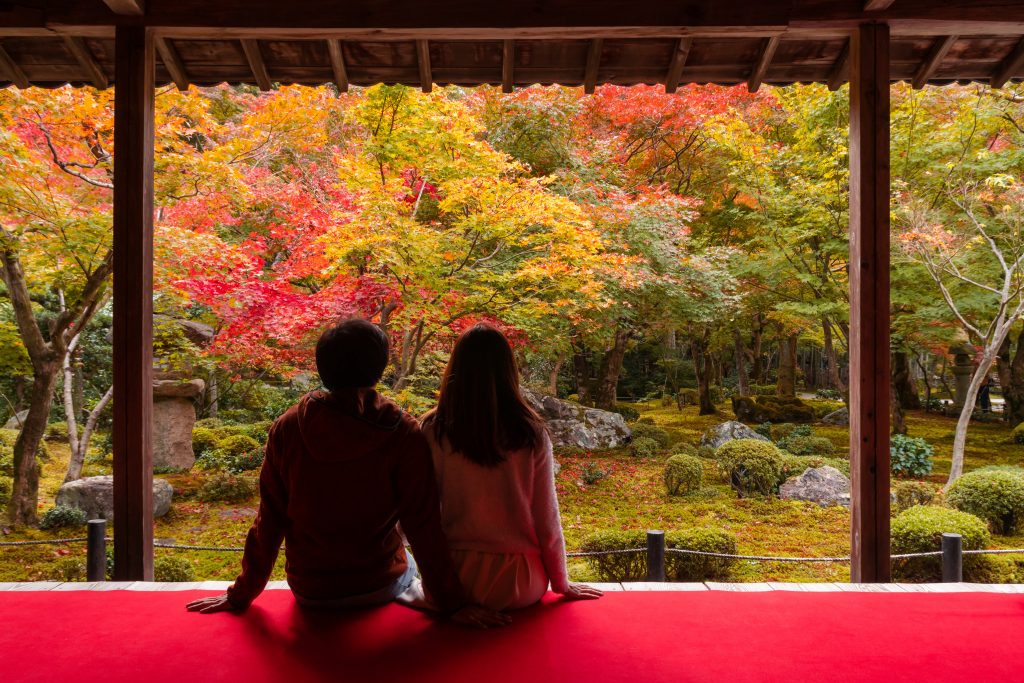
Couples Japan Self-Guided Tour
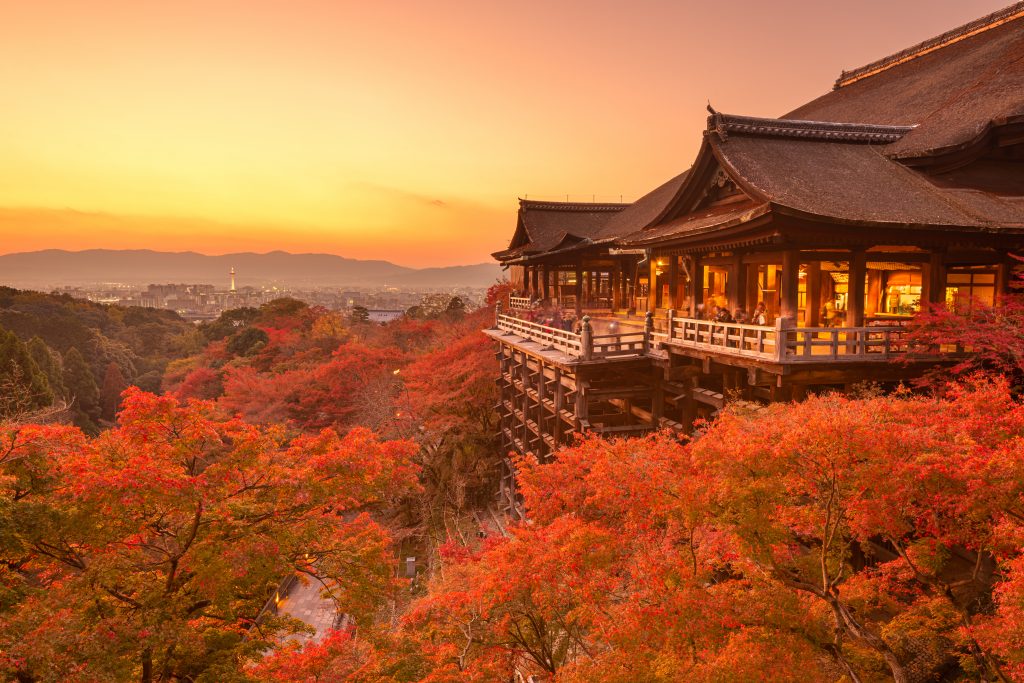
Grand Tour Of Japan Self-Guided Tour
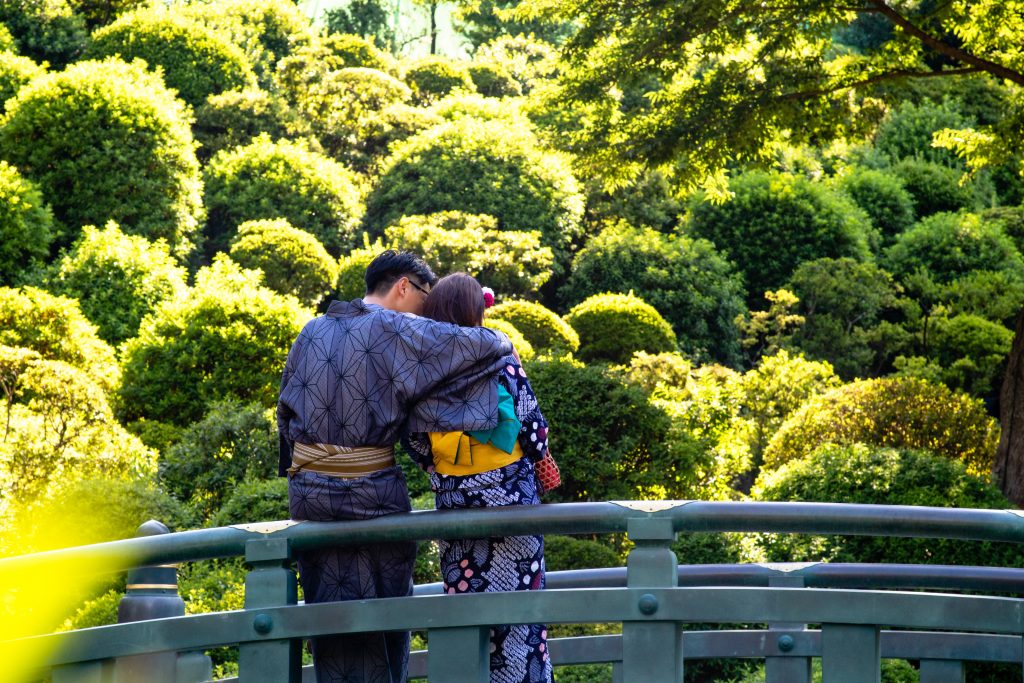
Japan Honeymoon Self-Guided Tour
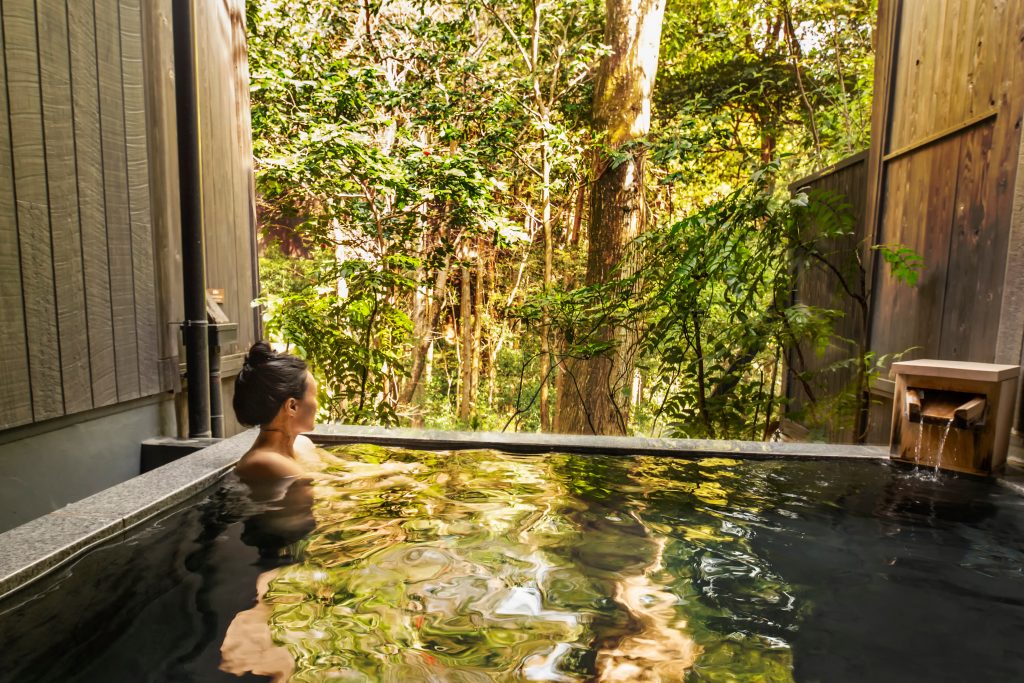
Japanese Onsens Self-Guided Tour
Reasons to Choose Us
We create authentic Japan trips that incorporate main highlights, incredible attractions and fantastic food. Our tours all well-rounded to ensure you experience the ultramodern as well as traditional culture.
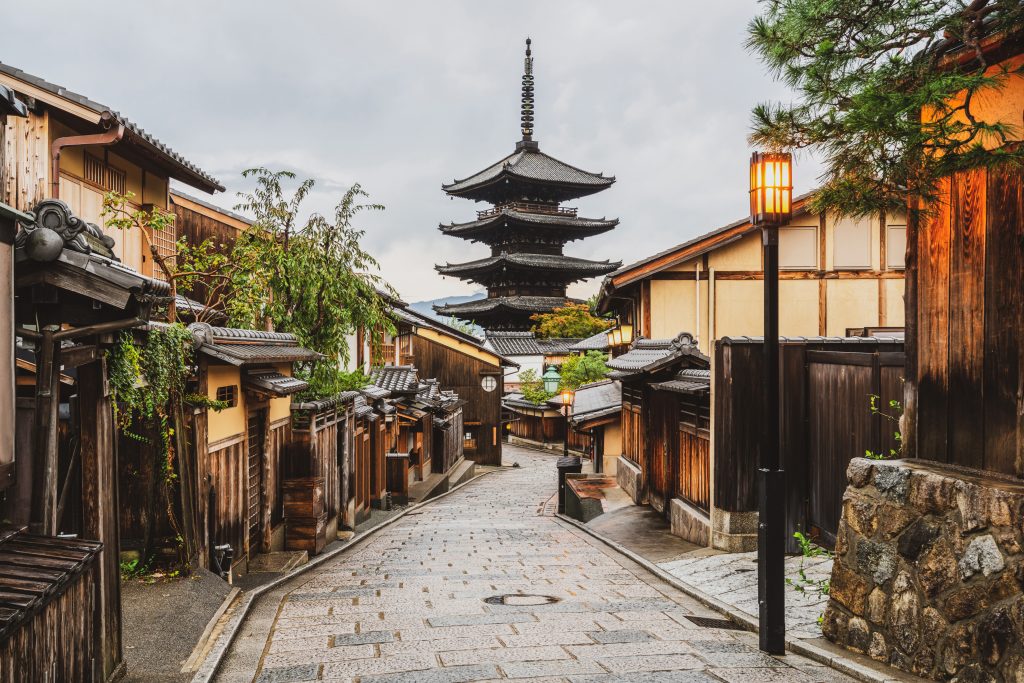
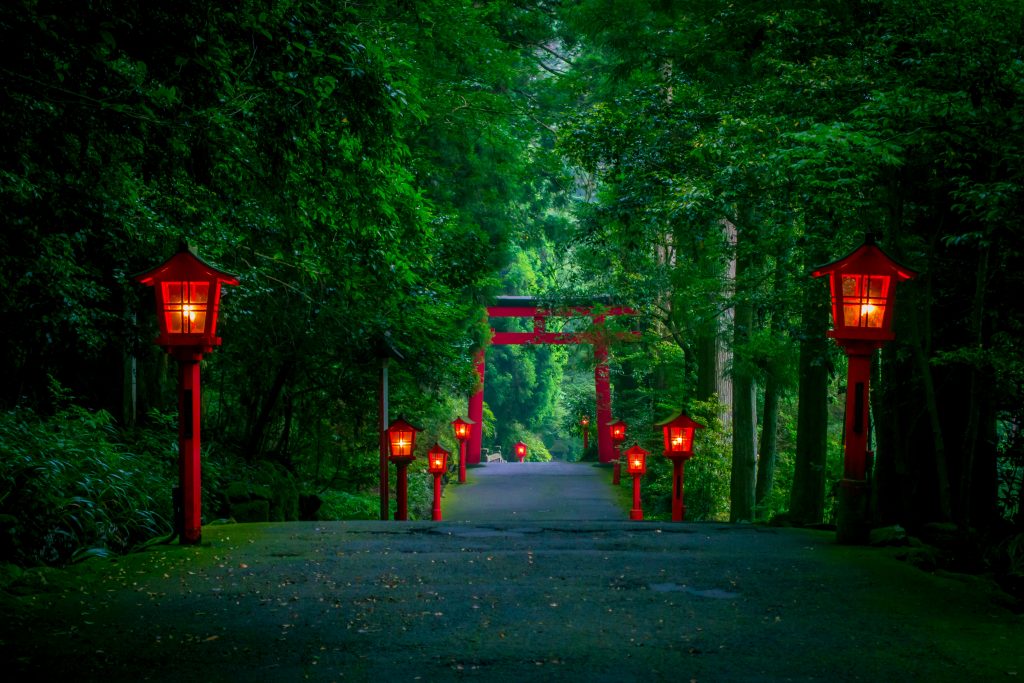

Custom Trips By Japan Experts
Our team consists of renowned experts in Japan travel who create the best tours

Authentic Trips And Experiences
Our Japan experts ensure that you have the best and most authentic experiences

Efficient Itinerary Management
Leave the logistics to us as we handle every detail, ensuring a stress-free journey from start to finish

Free Guides And Support
Our Japan specialists will send you exclusive local recommendations before your trip
Japan Travel Guides
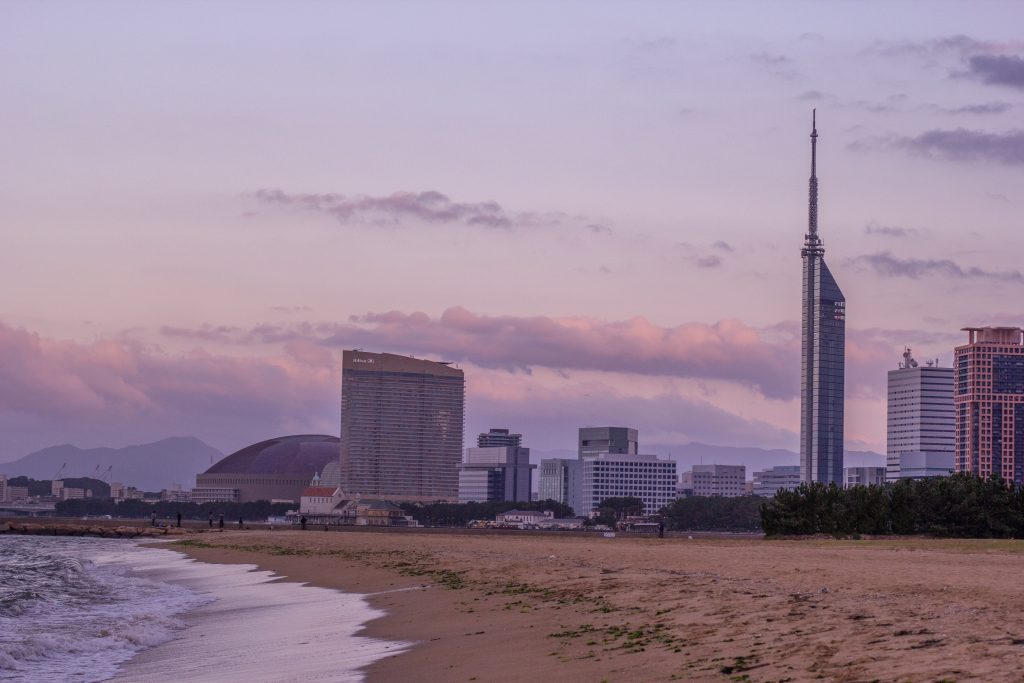
Travel Guide to Fukuoka
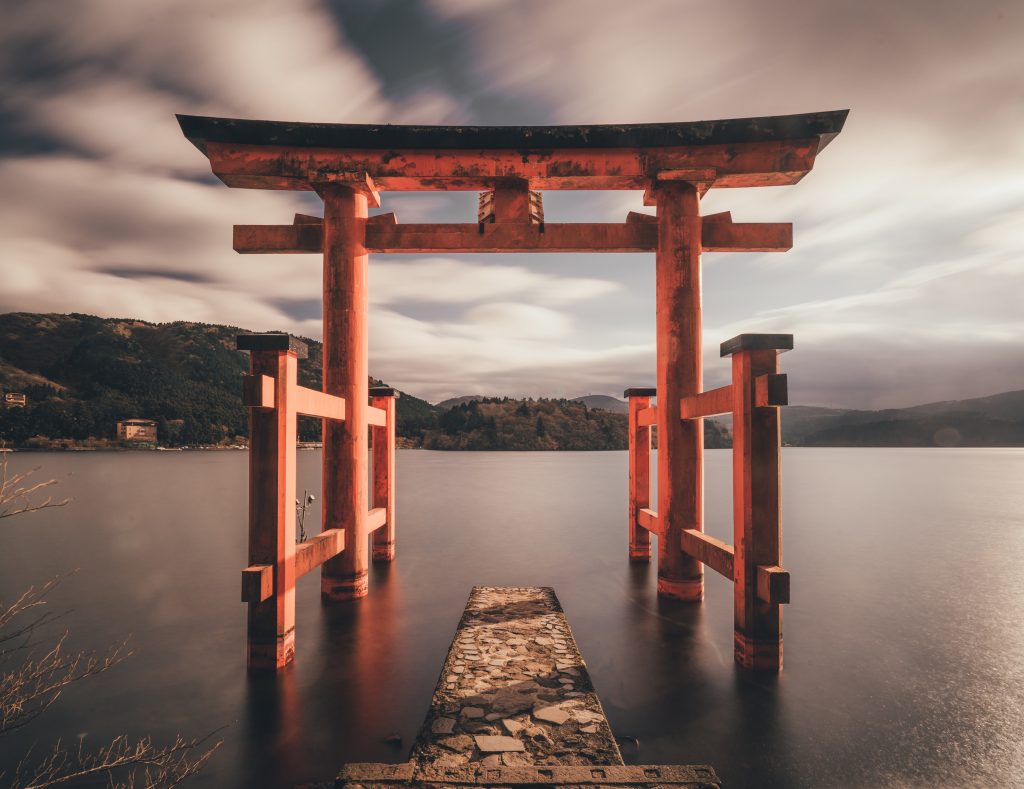
Travel Guide to Hakone
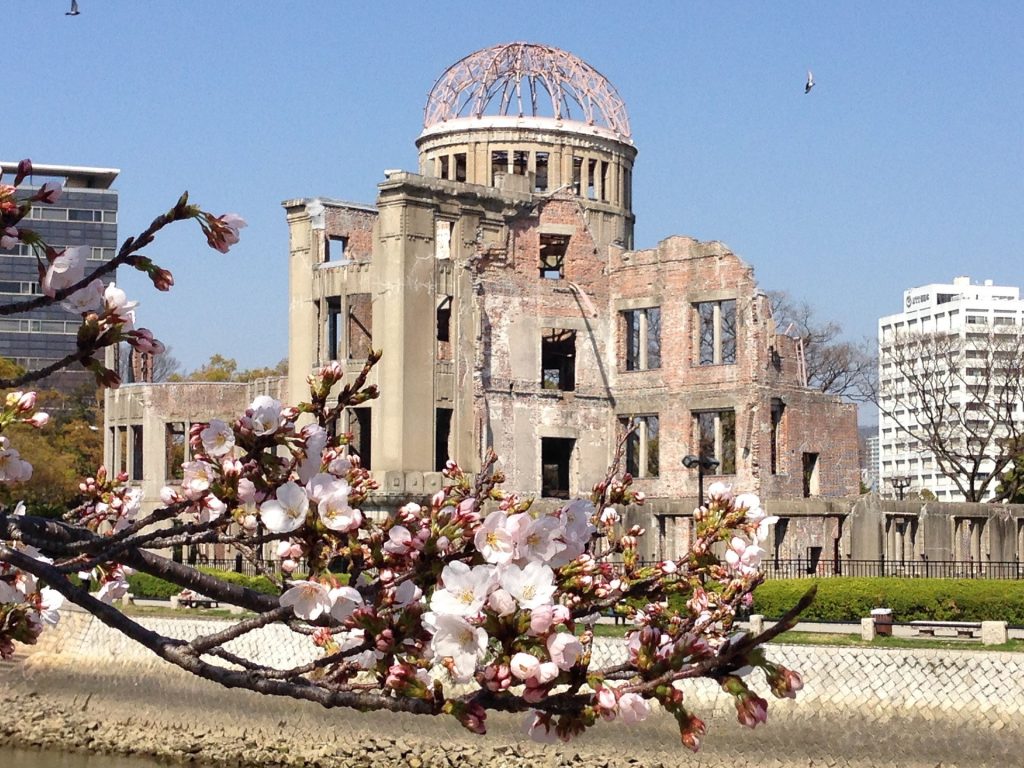
Travel Guide to Hiroshima
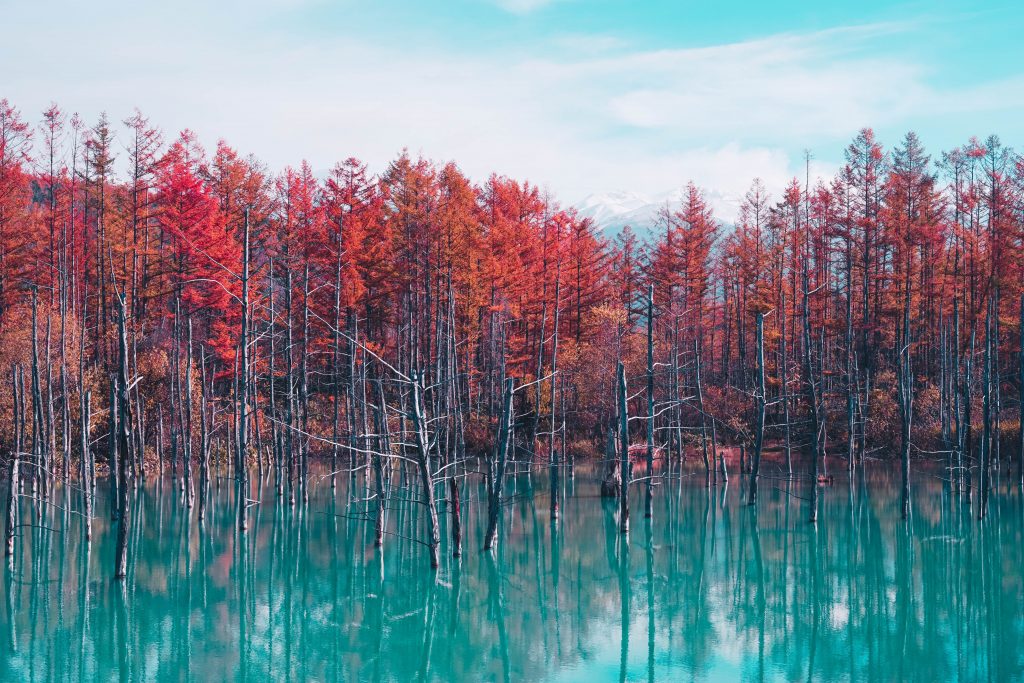
Travel Guide to Hokkaido
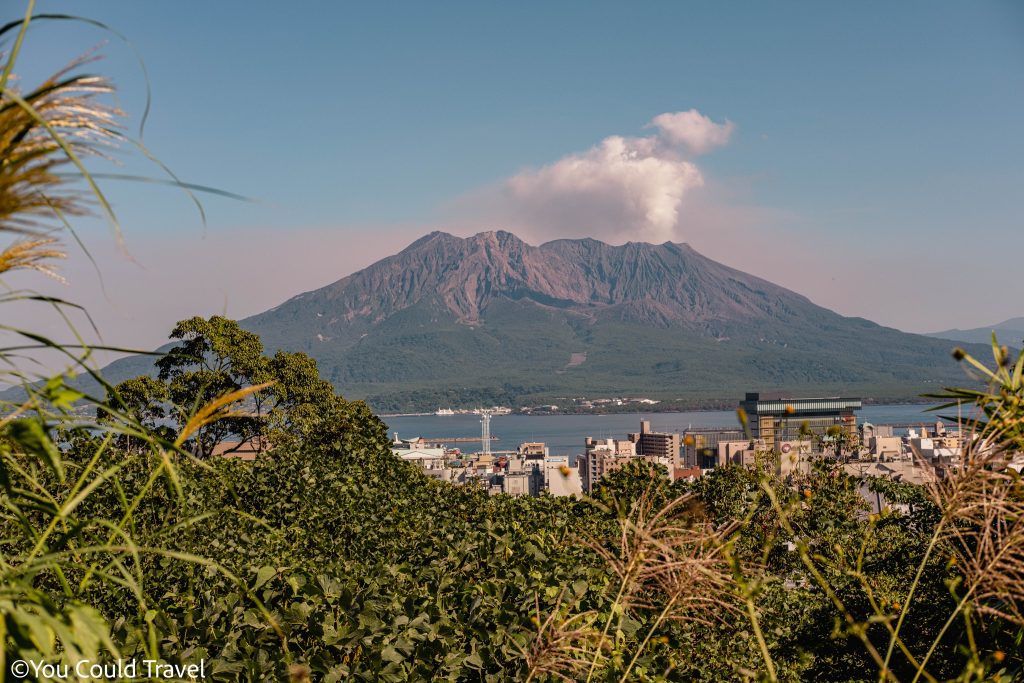
Travel Guide to Kagoshima
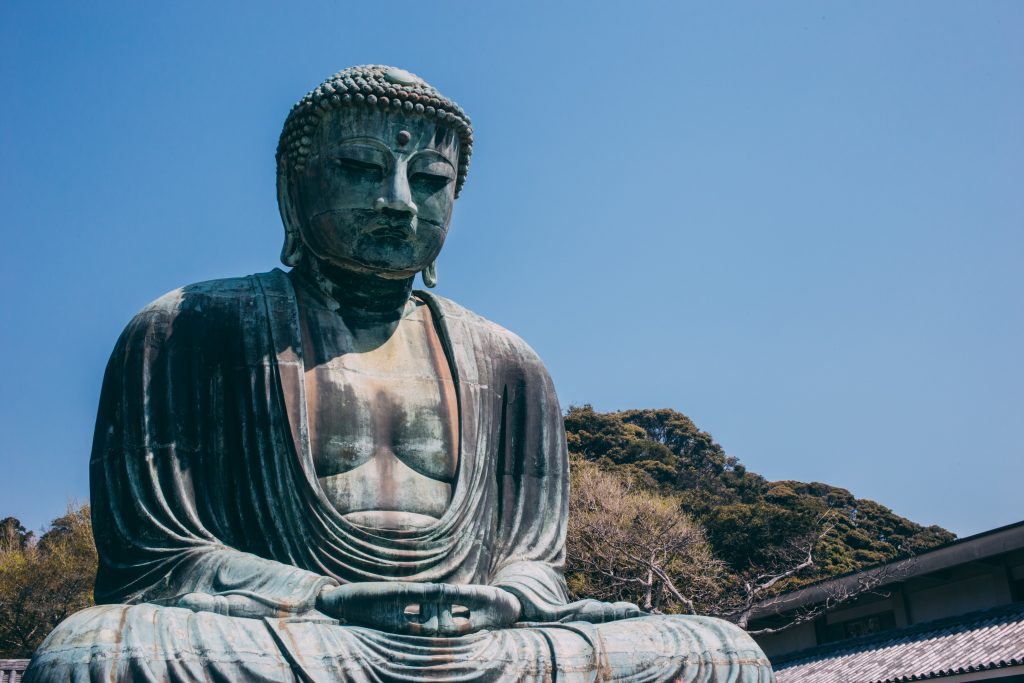
Travel Guide to Kamakura
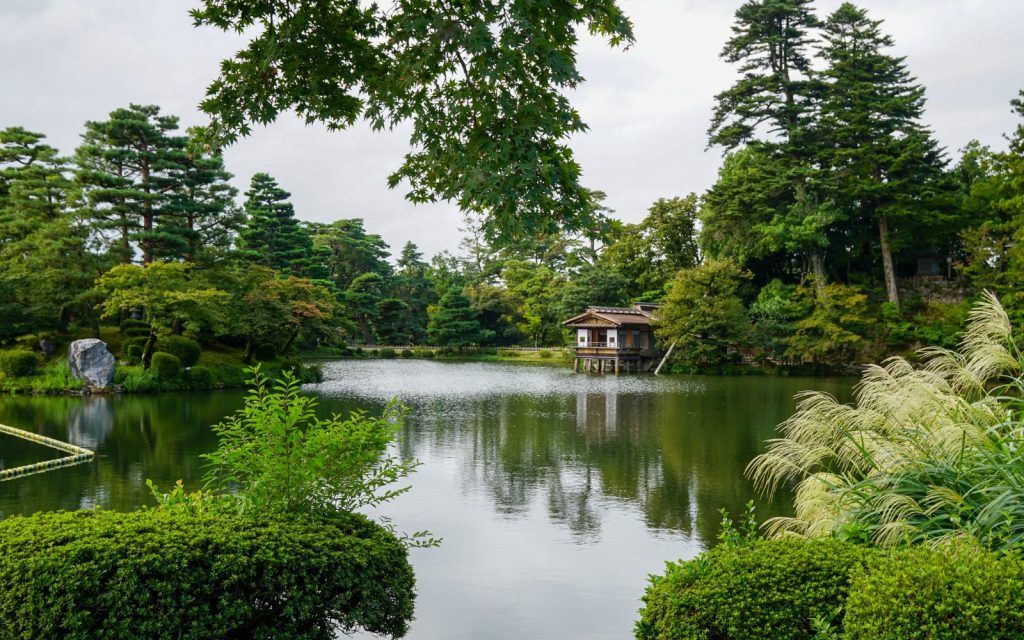
Travel Guide to Kanazawa
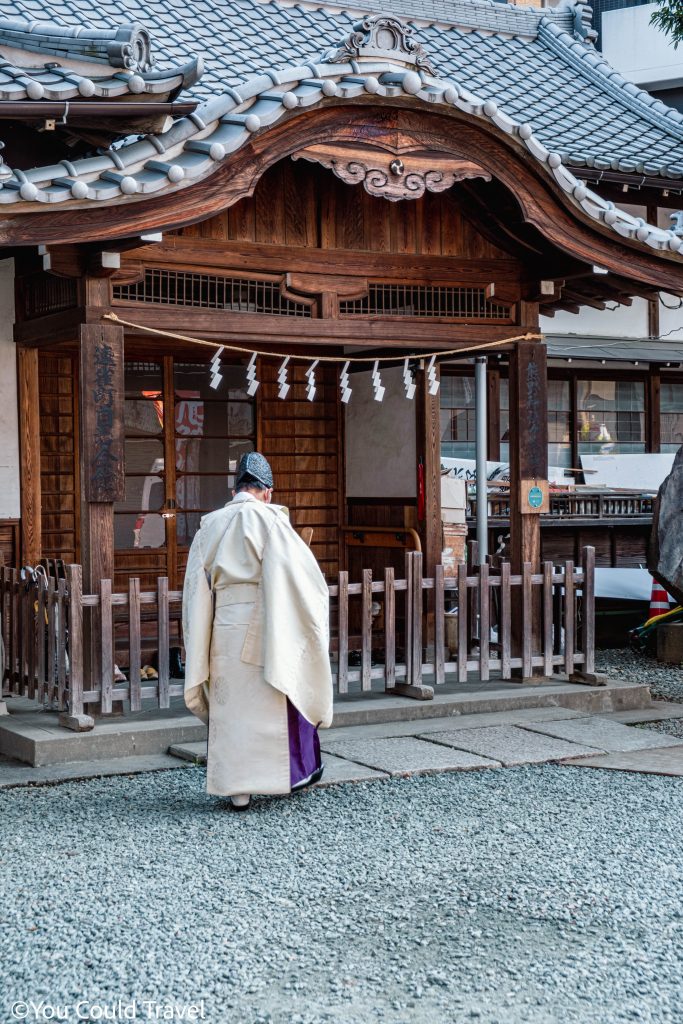
Travel Guide to Kawagoe
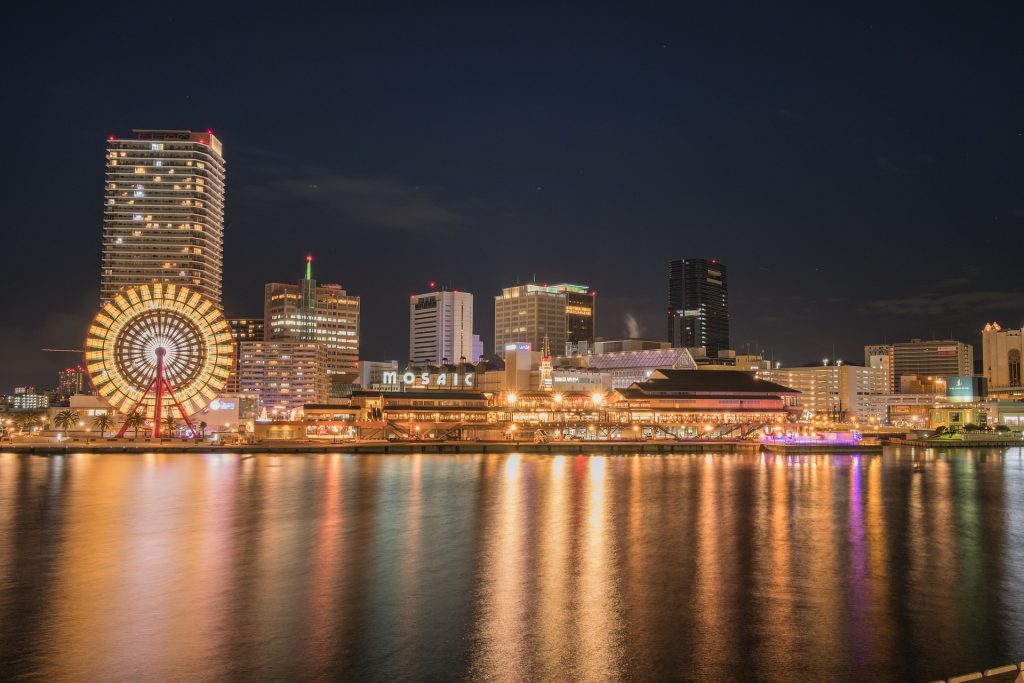
Travel Guide to Kobe
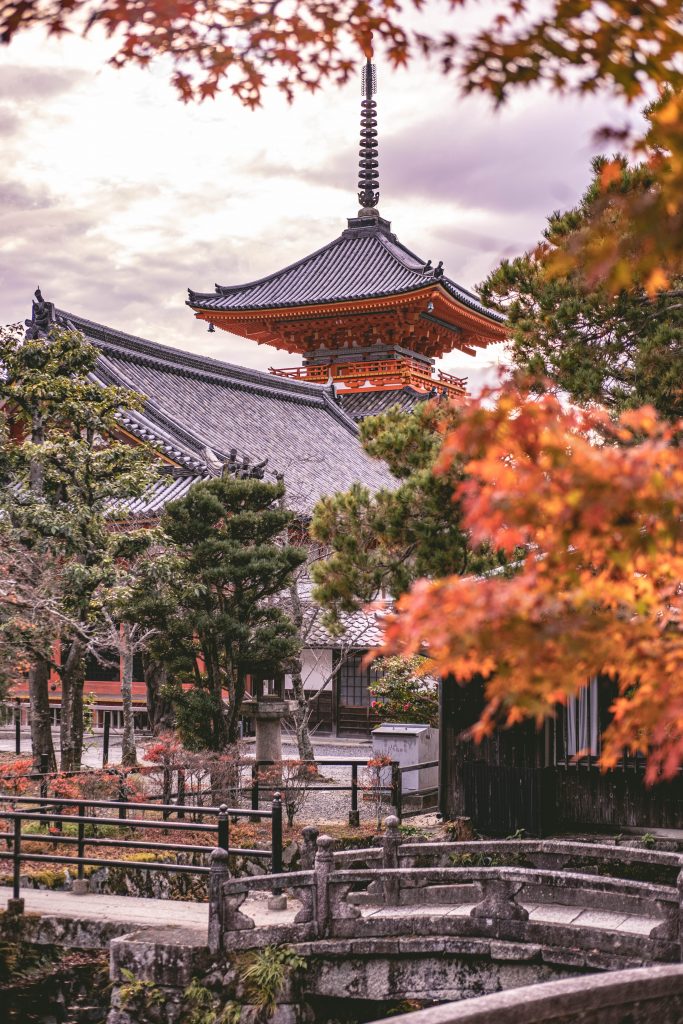
Travel Guide to Kyoto
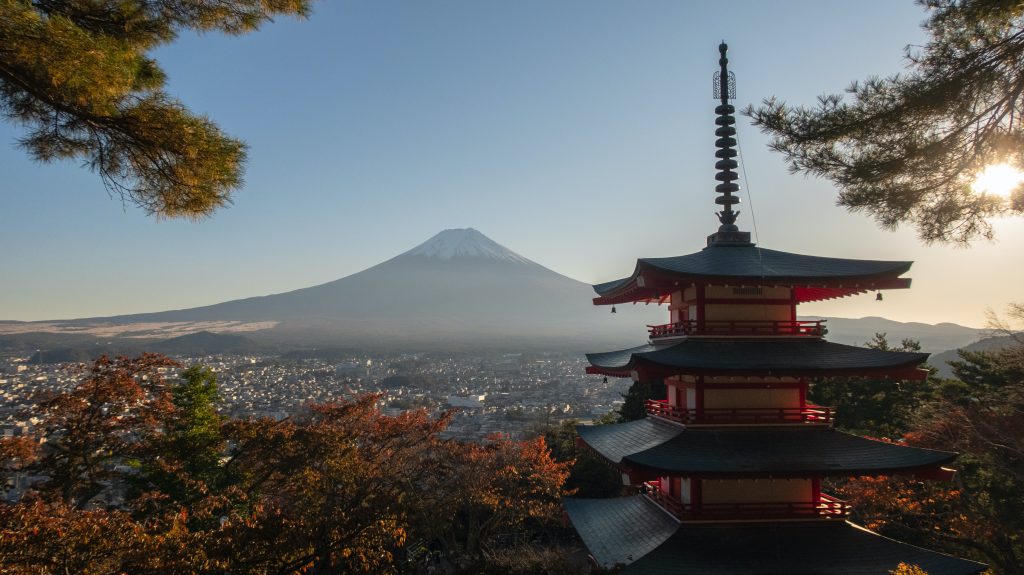
Travel Guide to Mount Fuji
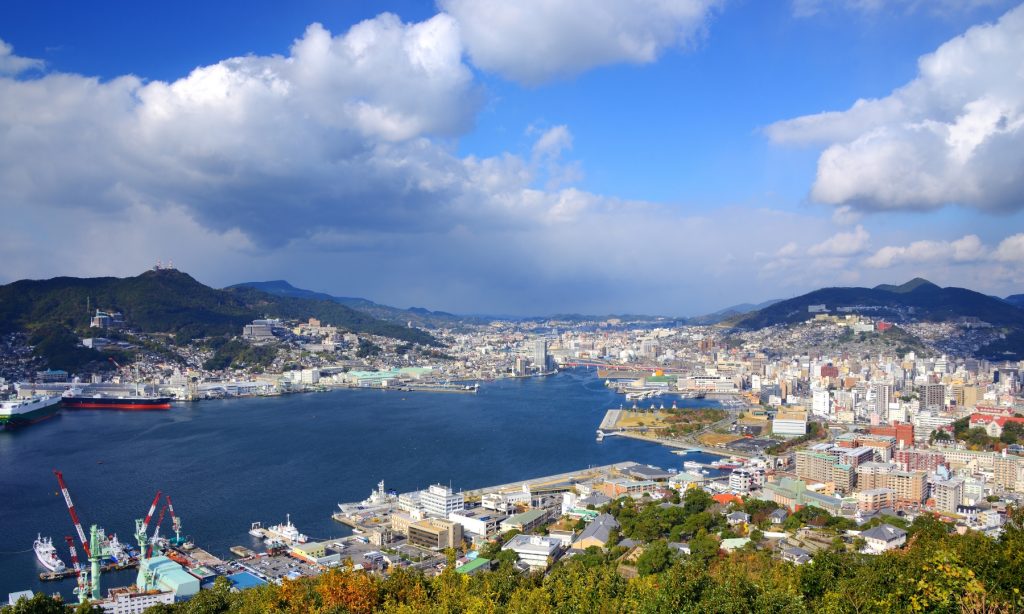
Travel Guide to Nagasaki
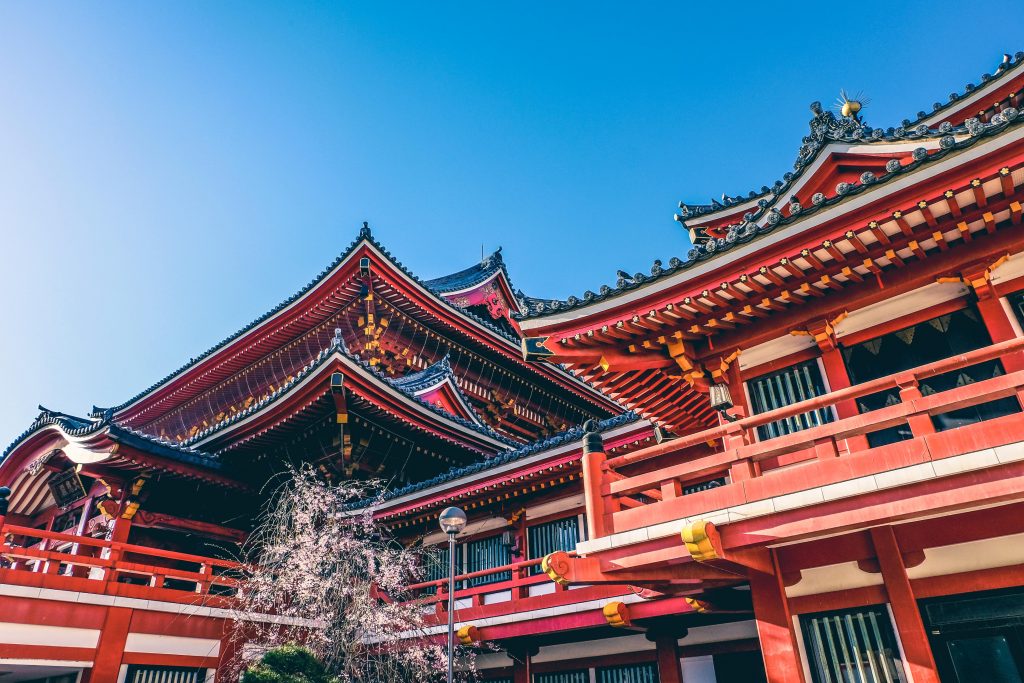
Travel Guide to Nagoya
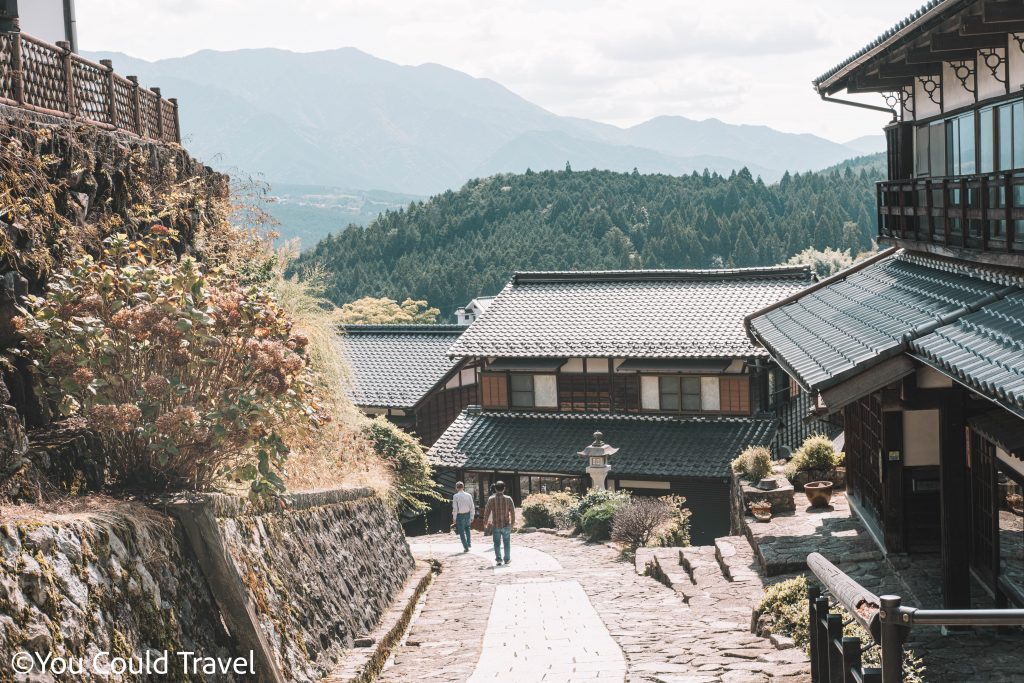
Travel Guide to Nakasendo
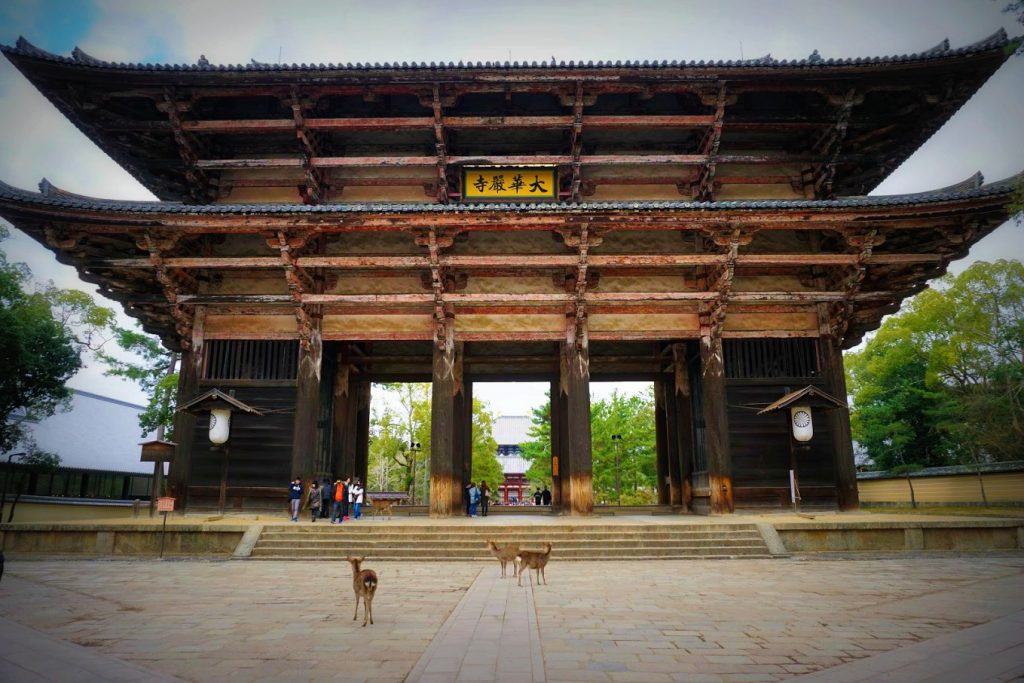
Travel Guide to Nara
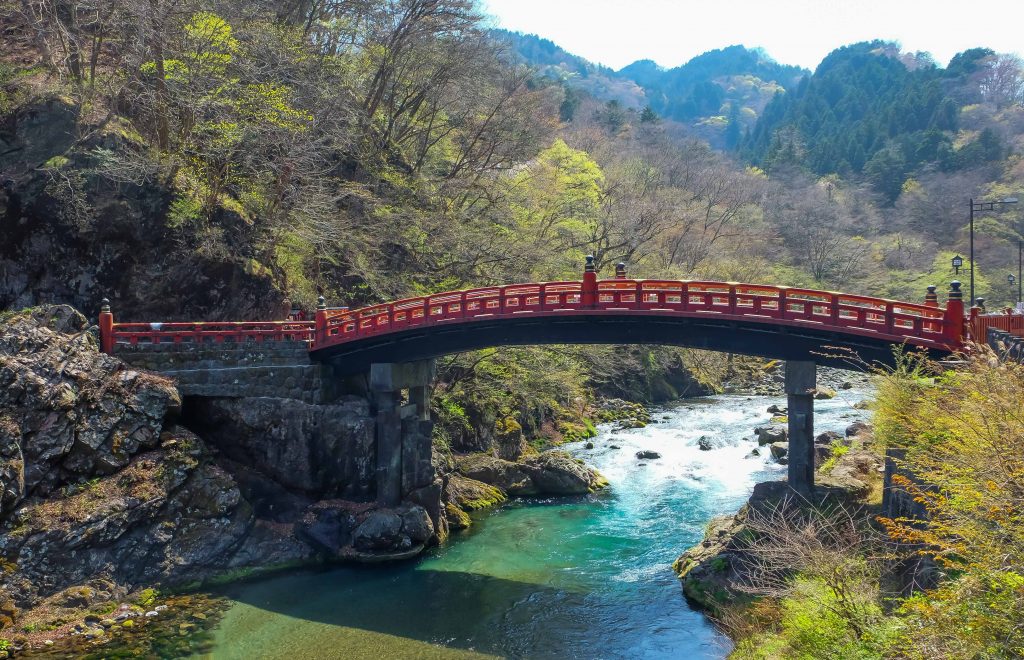
Travel Guide to Nikko
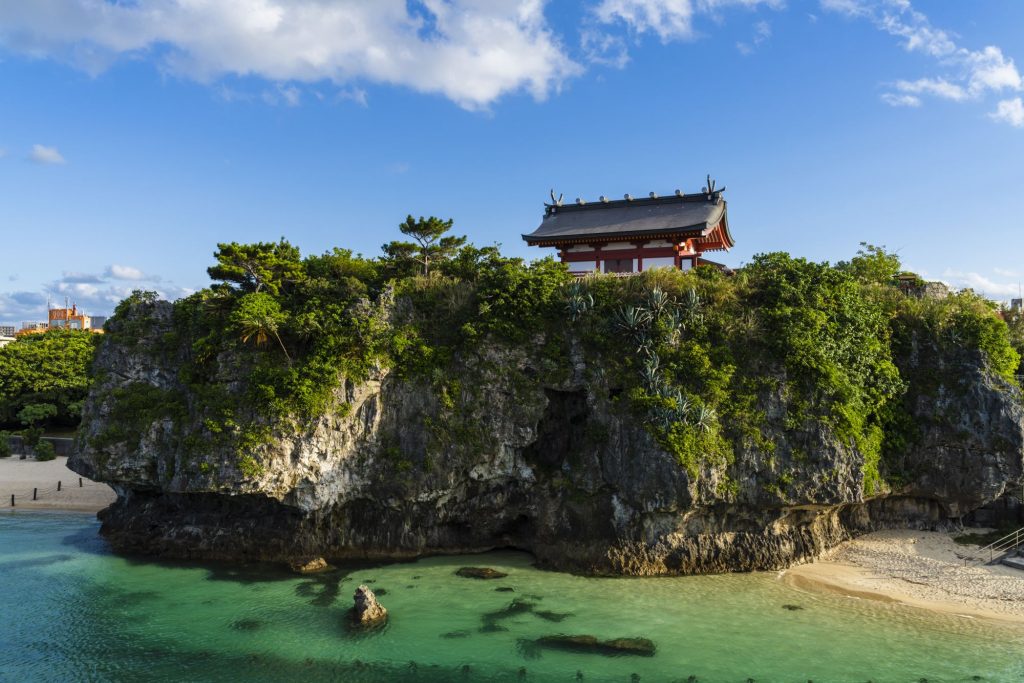
Travel Guide to Okinawa
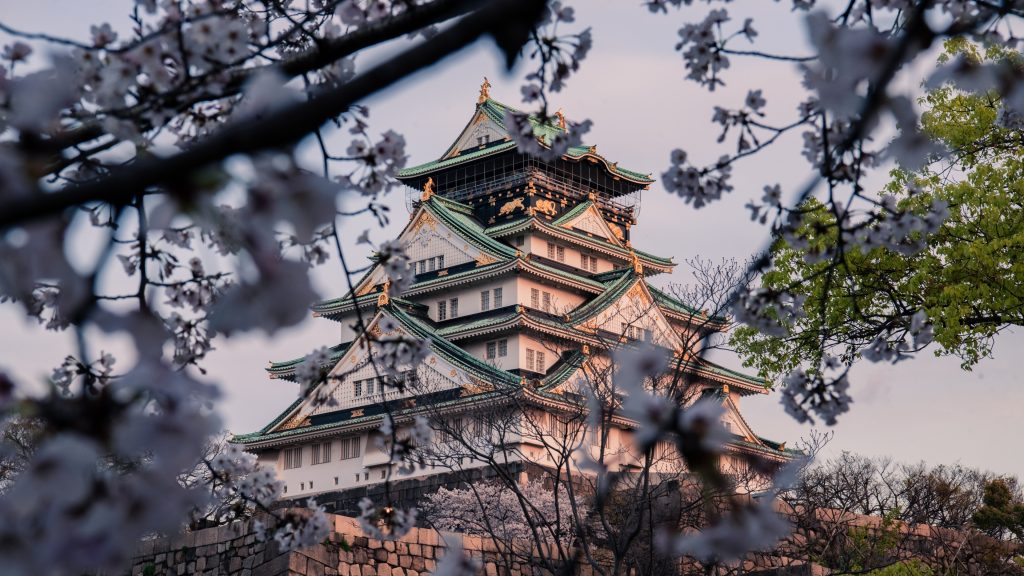
Travel Guide to Osaka
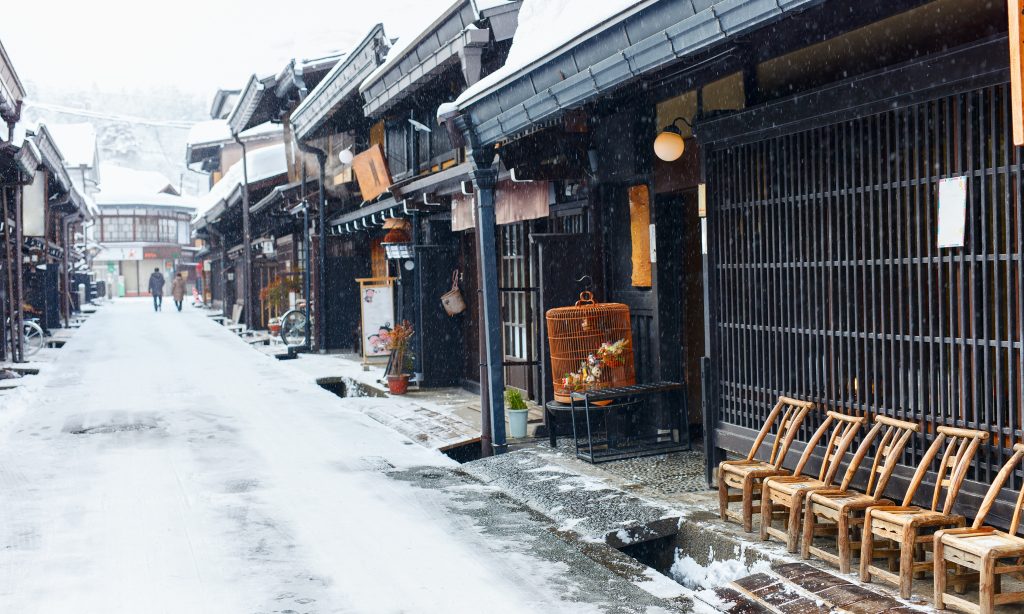
Travel Guide to Takayama
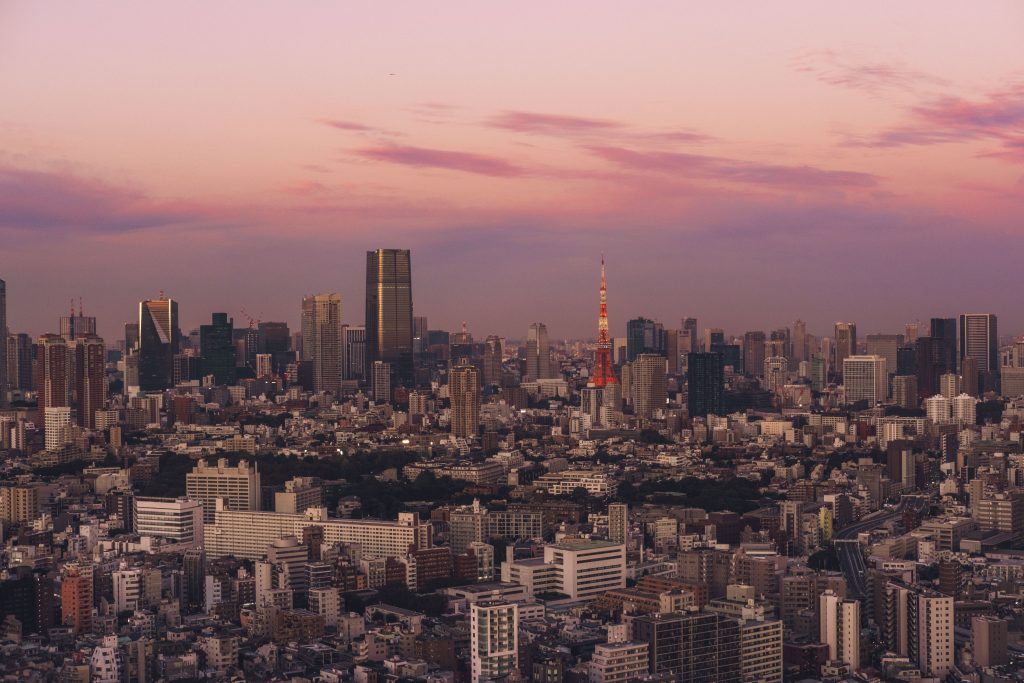
Travel Guide to Tokyo
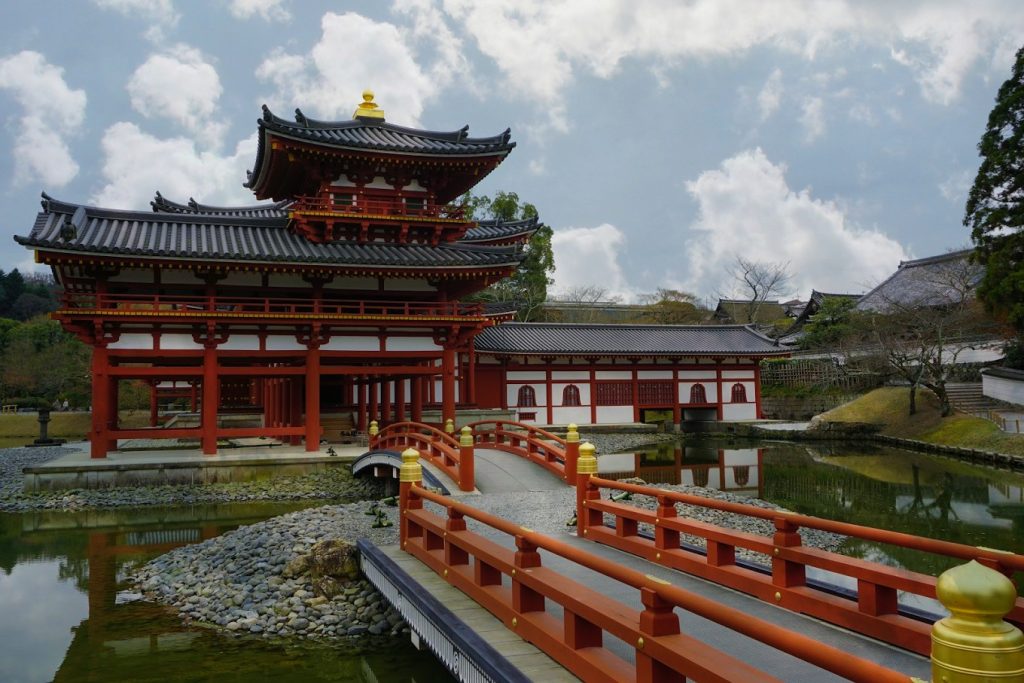
Travel Guide to Uji
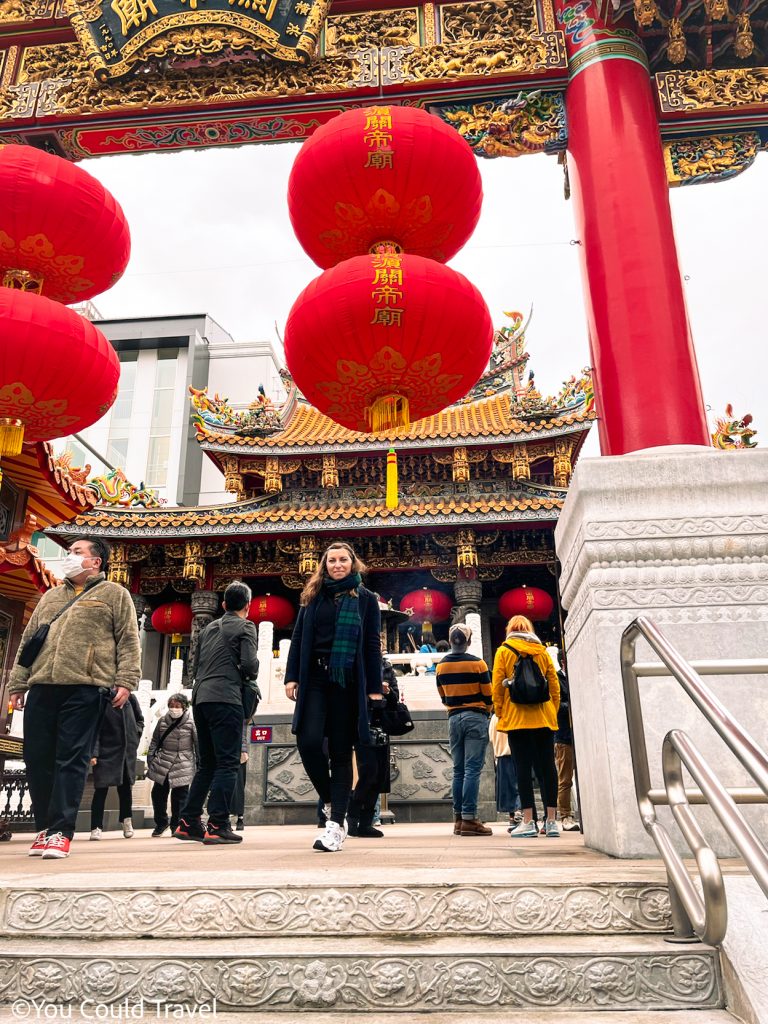
Travel Guide to Yokohama
Read The Latest Posts
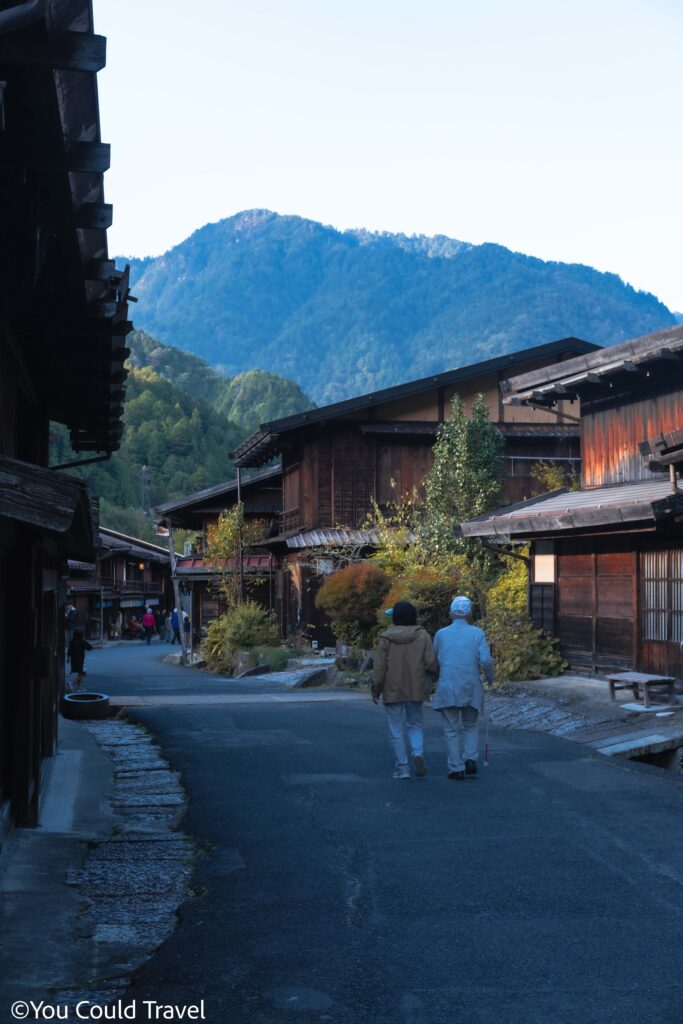
Magome Tsumago Trail
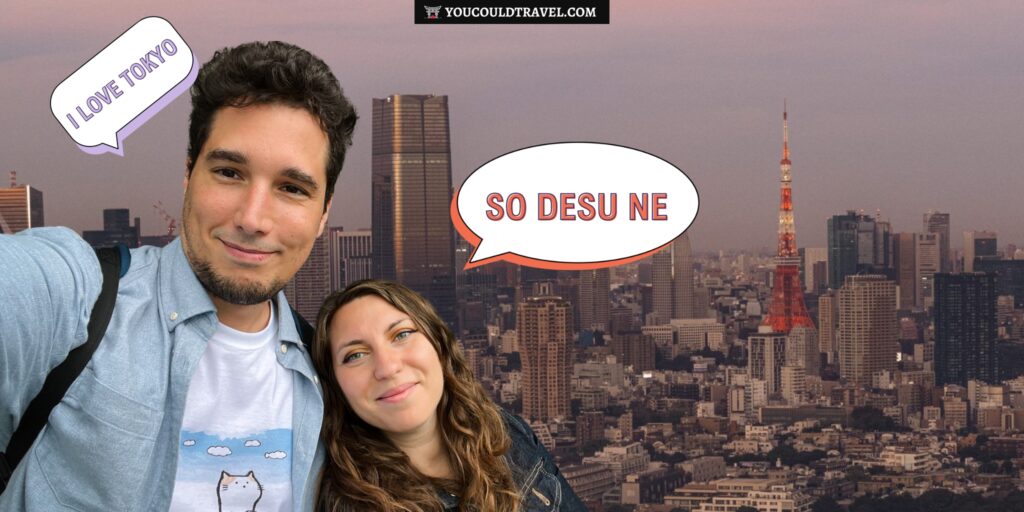
So Desu Ne Meaning
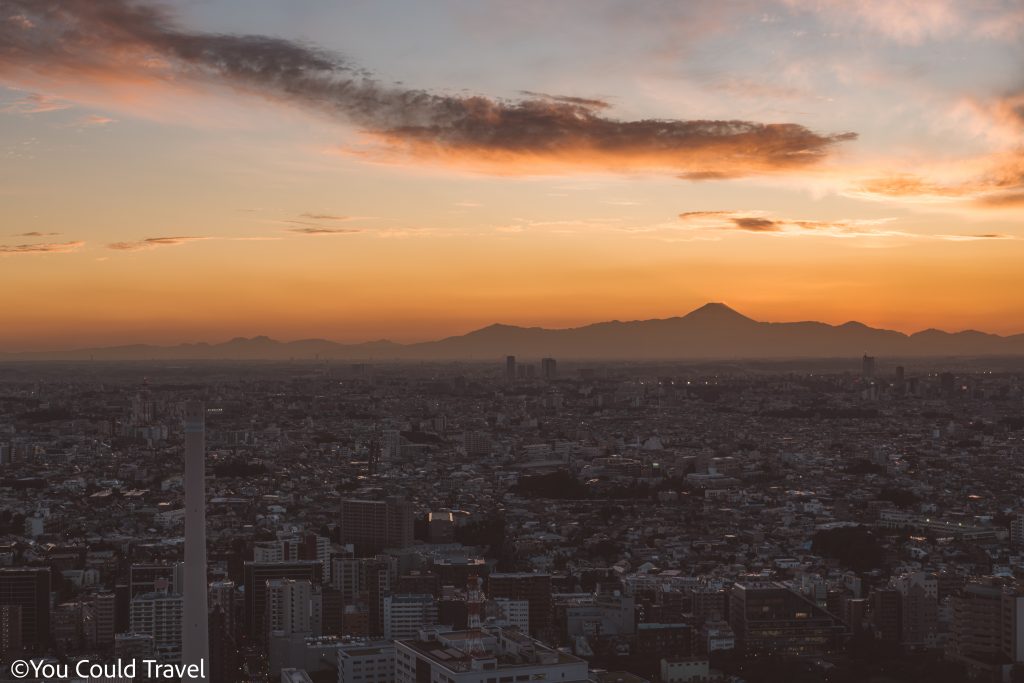
Best time to visit Tokyo
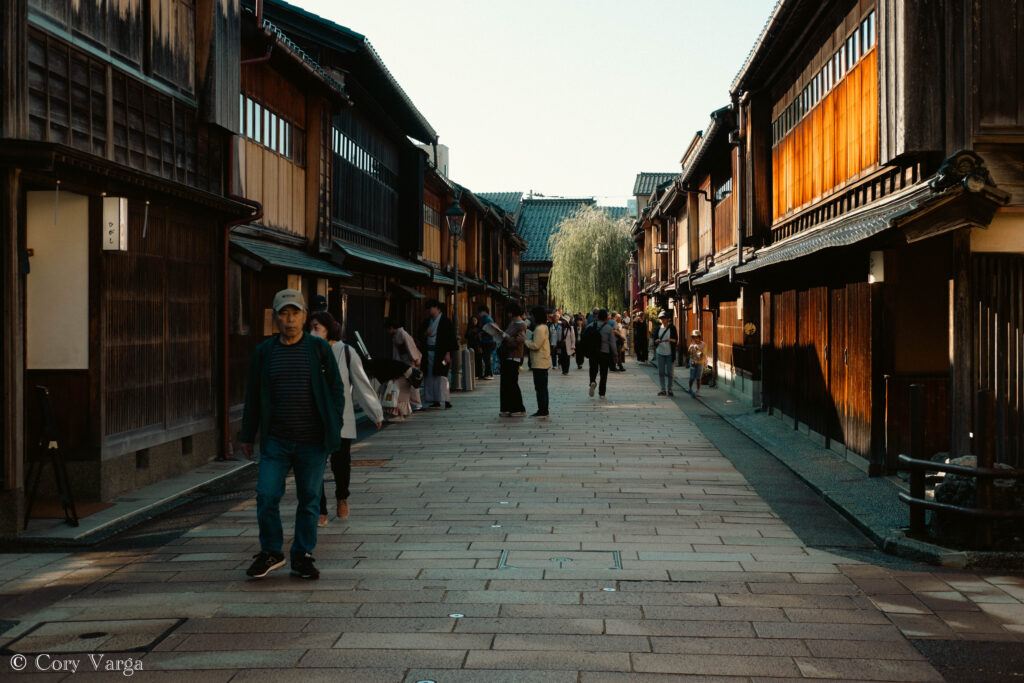
Things to do in Kanazawa
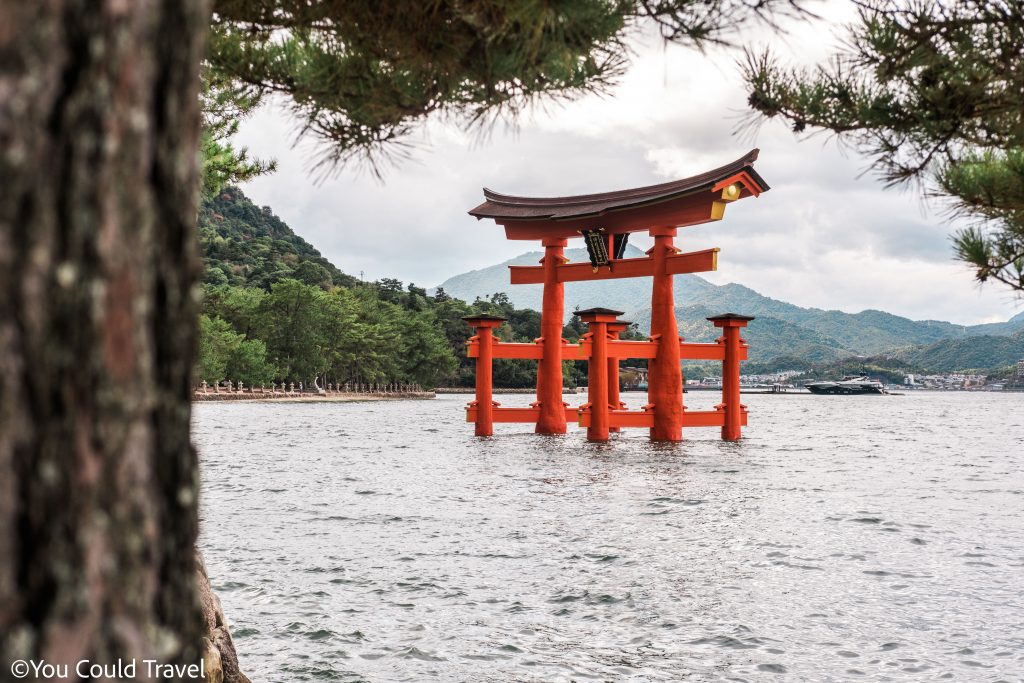
Hiroshima to Miyajima Day Trip Itinerary

2 day Kagoshima Itinerary
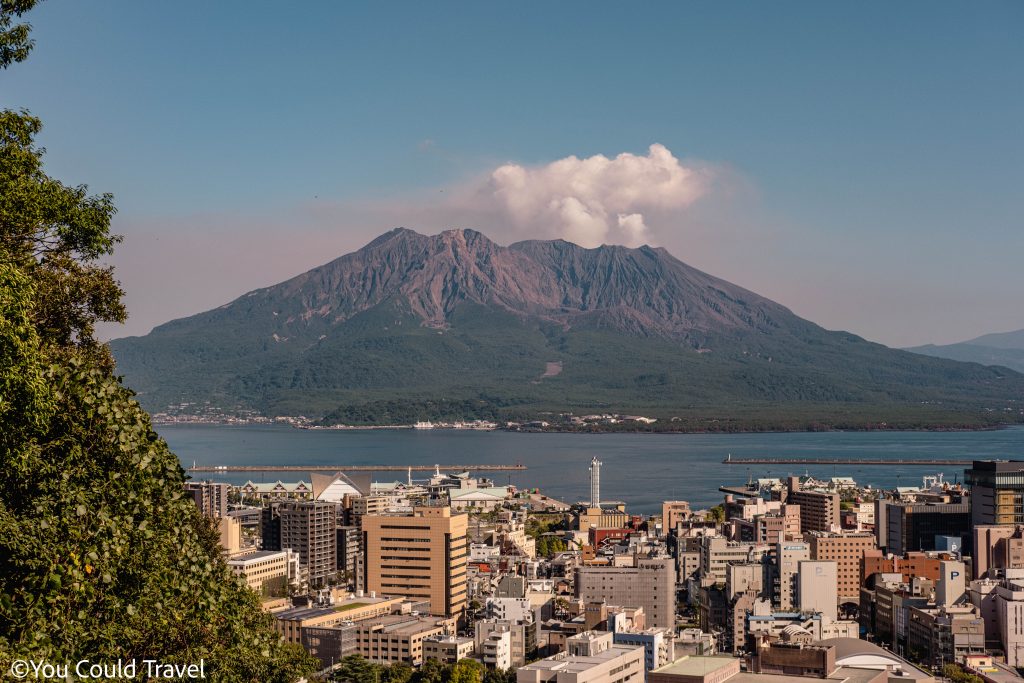
Things to do in Kagoshima
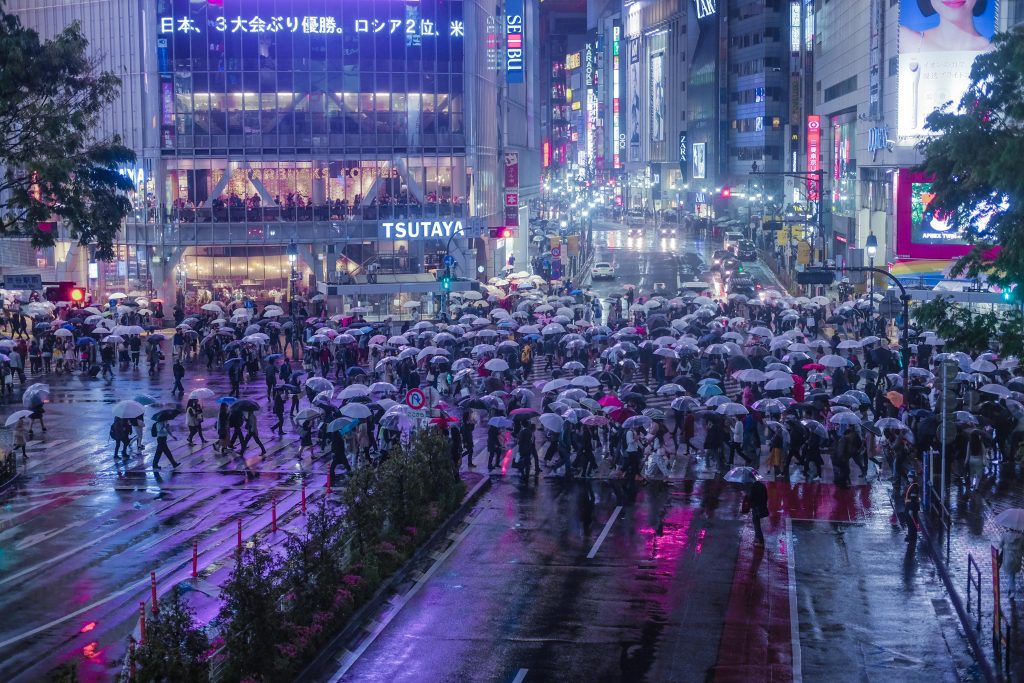
Japan to Launch Digital Nomad Visas in March 2024
Prepare for your visit to Tokyo
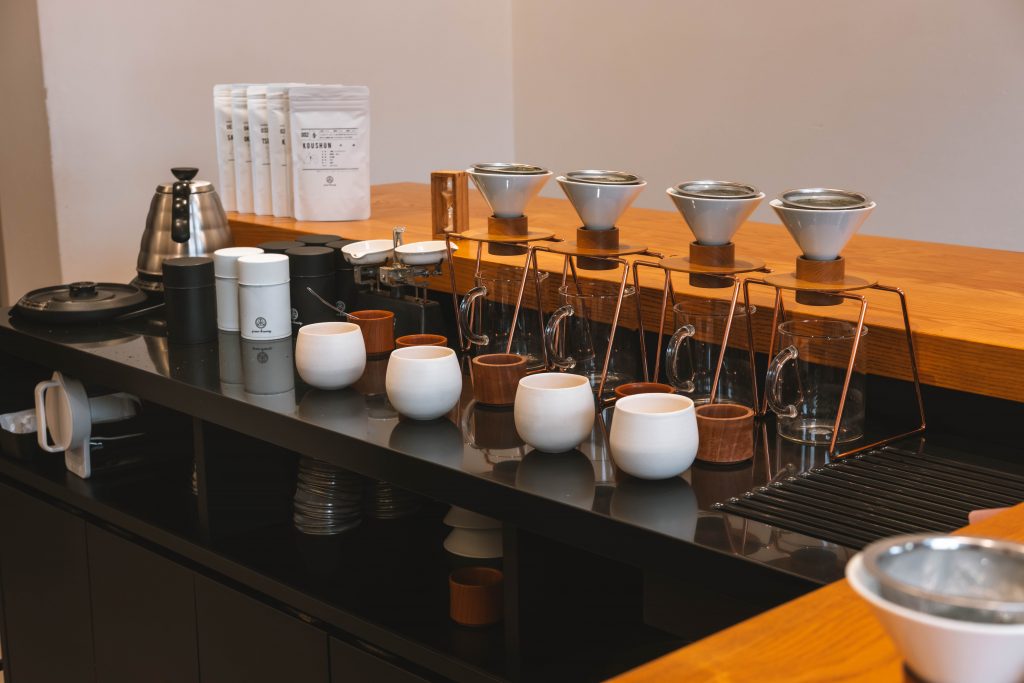
Tokyo Saryo Experience
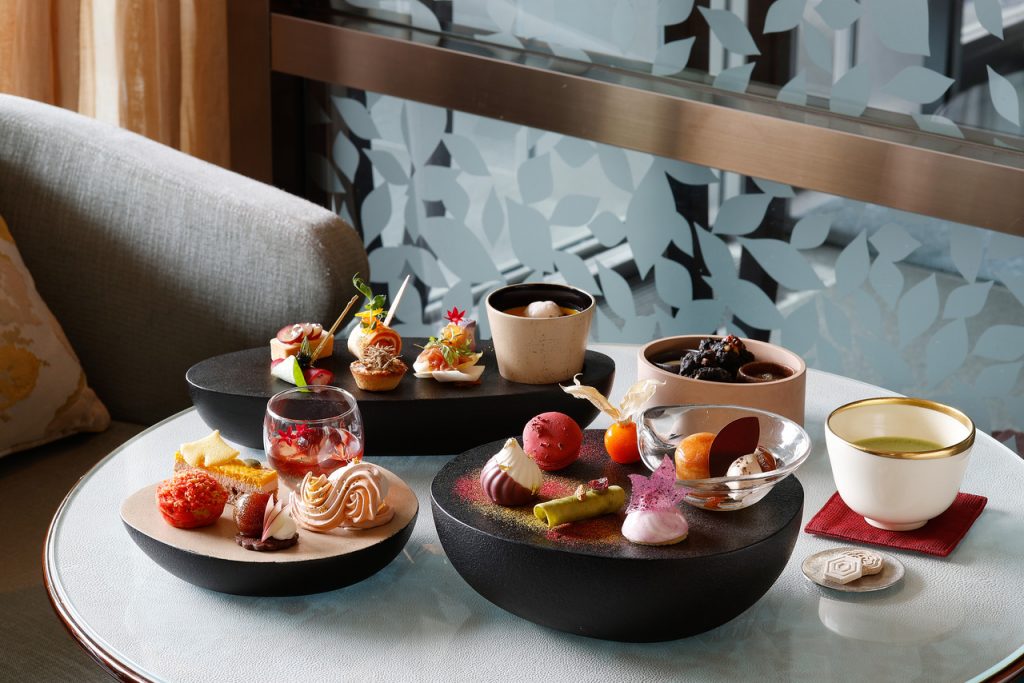
Best High Tea in Tokyo
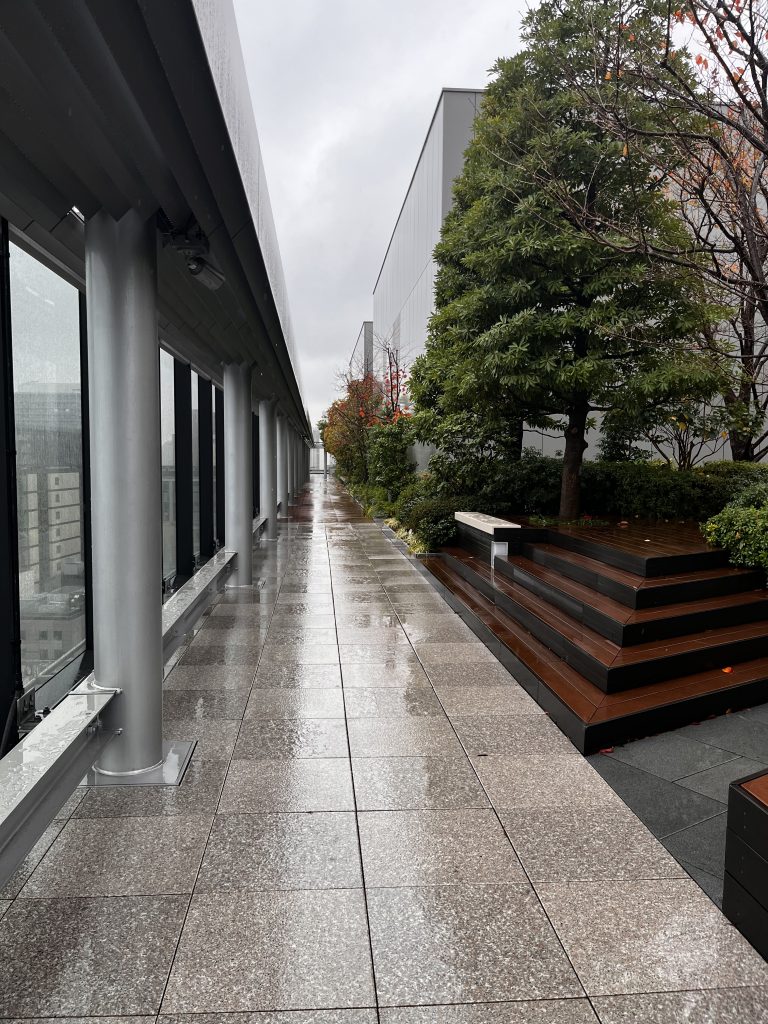
Ginza Six Rooftop, Tokyo
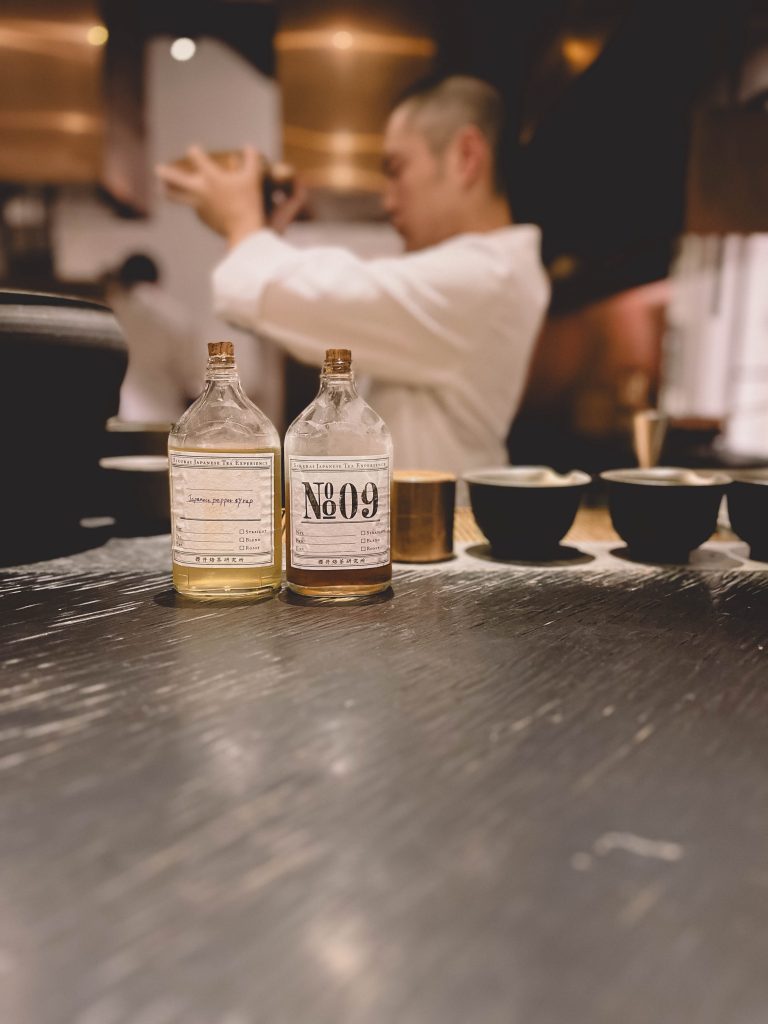
Sakurai Japanese Tea Experience
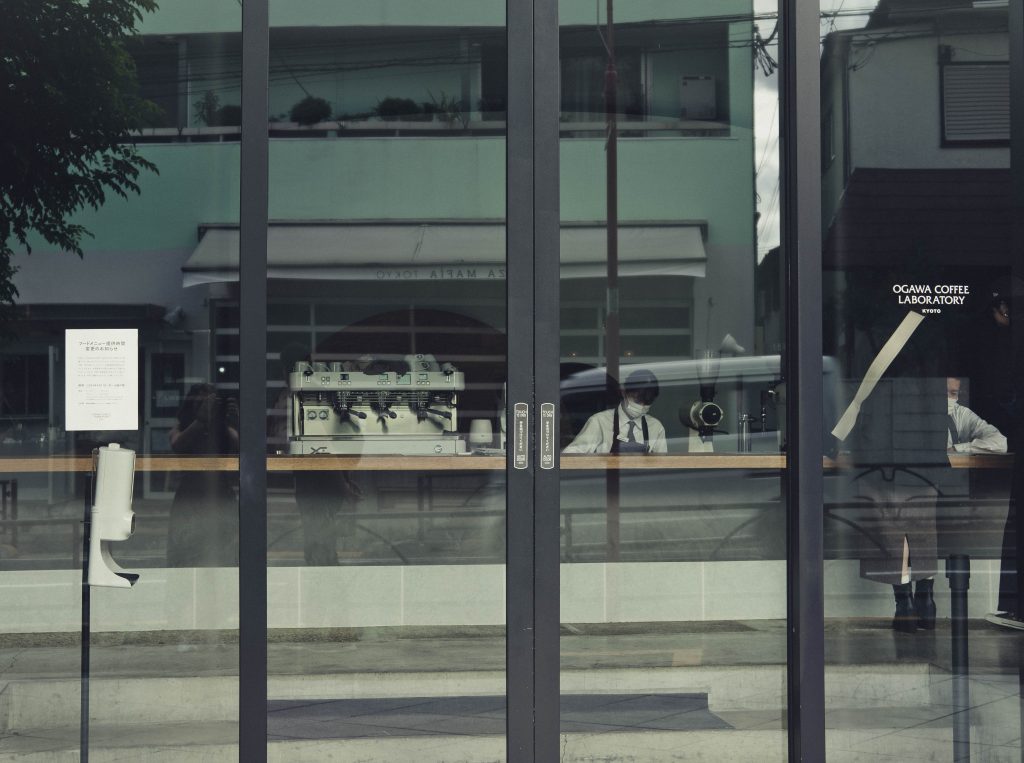
Ogawa Coffee Laboratory
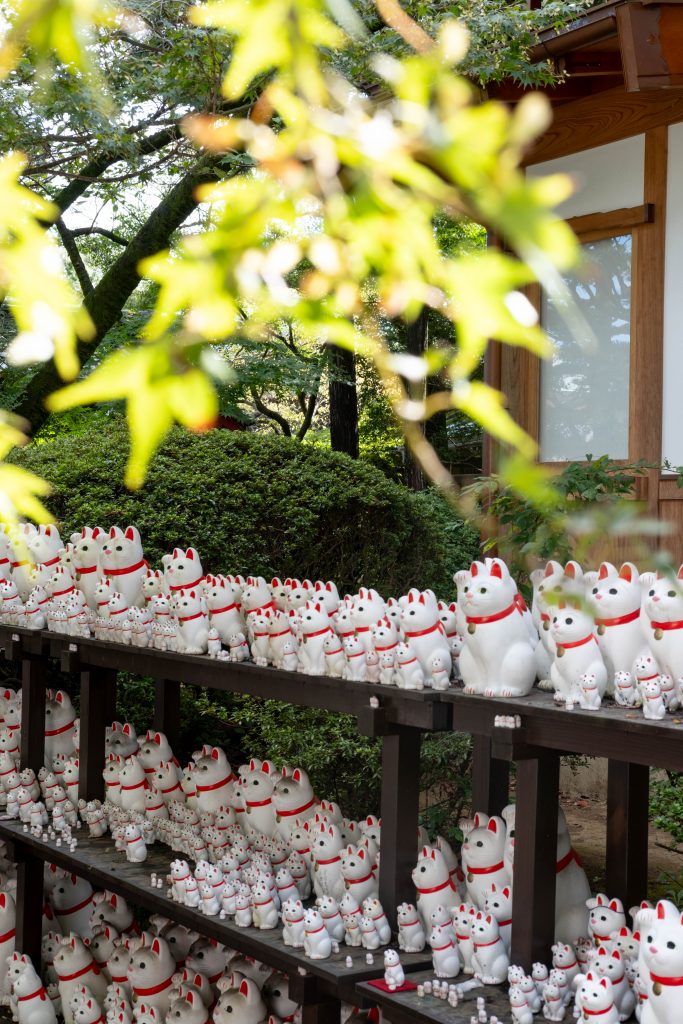
Gotokuji Temple, Tokyo
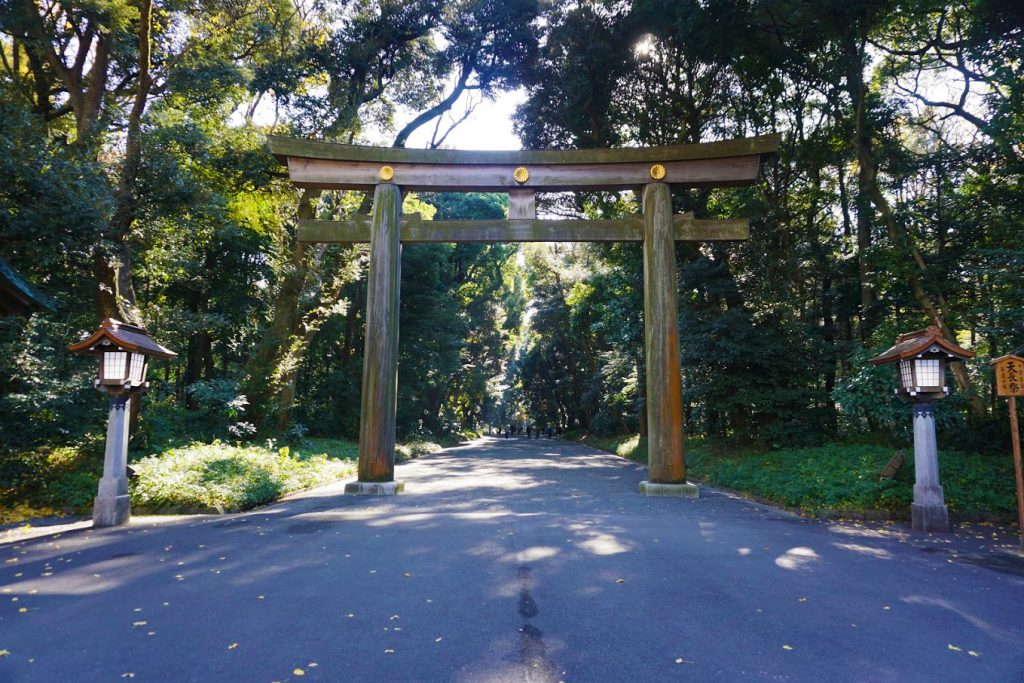
Meiji Jingu (Meiji Shrine)
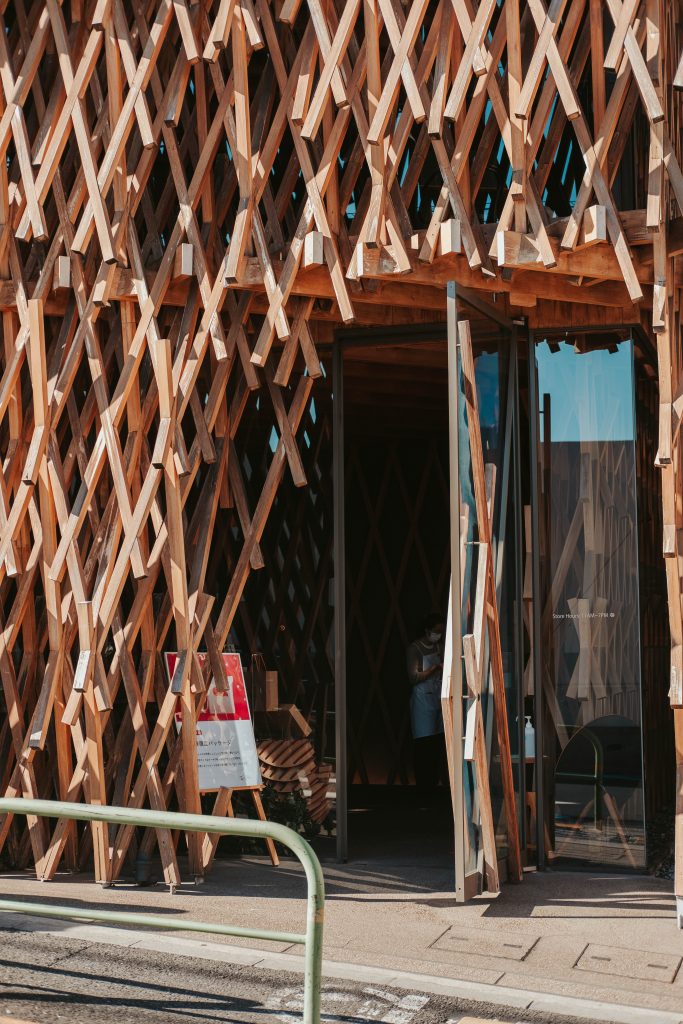
SunnyHills Aoyama, Tokyo
Prepare for your visit to Kyoto
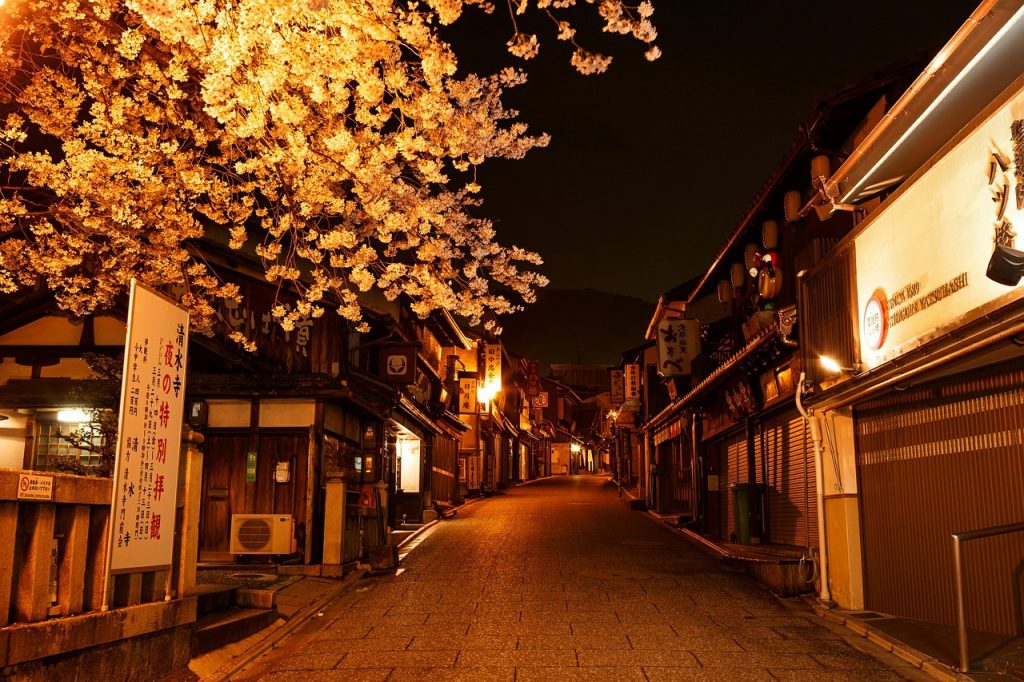
Kyoto 2 day Itinerary
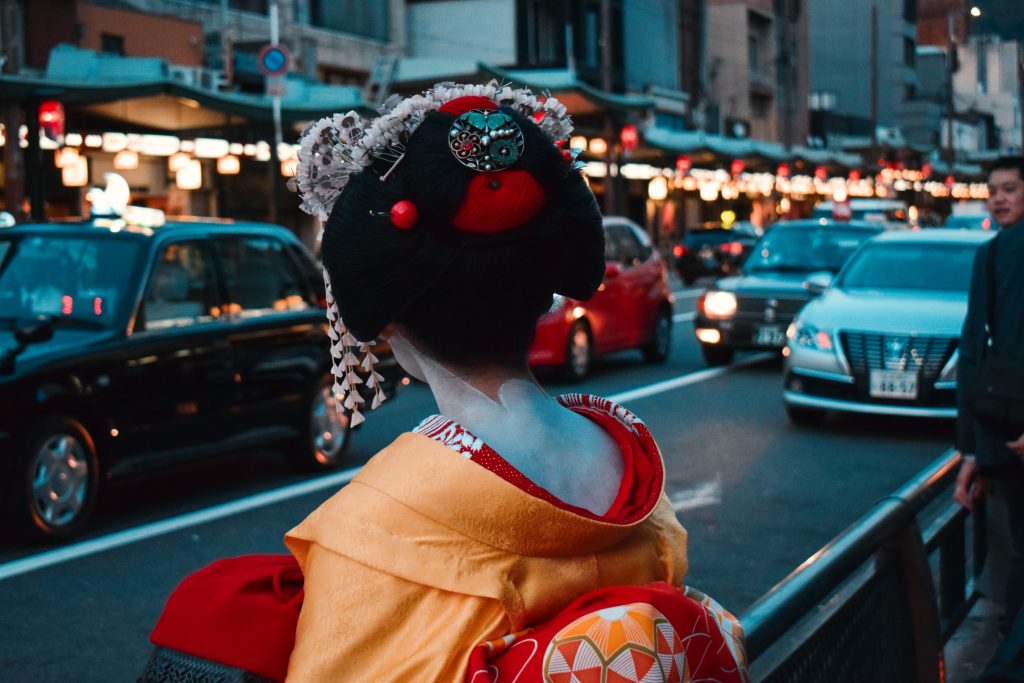
50 best things to do in Kyoto, Japan
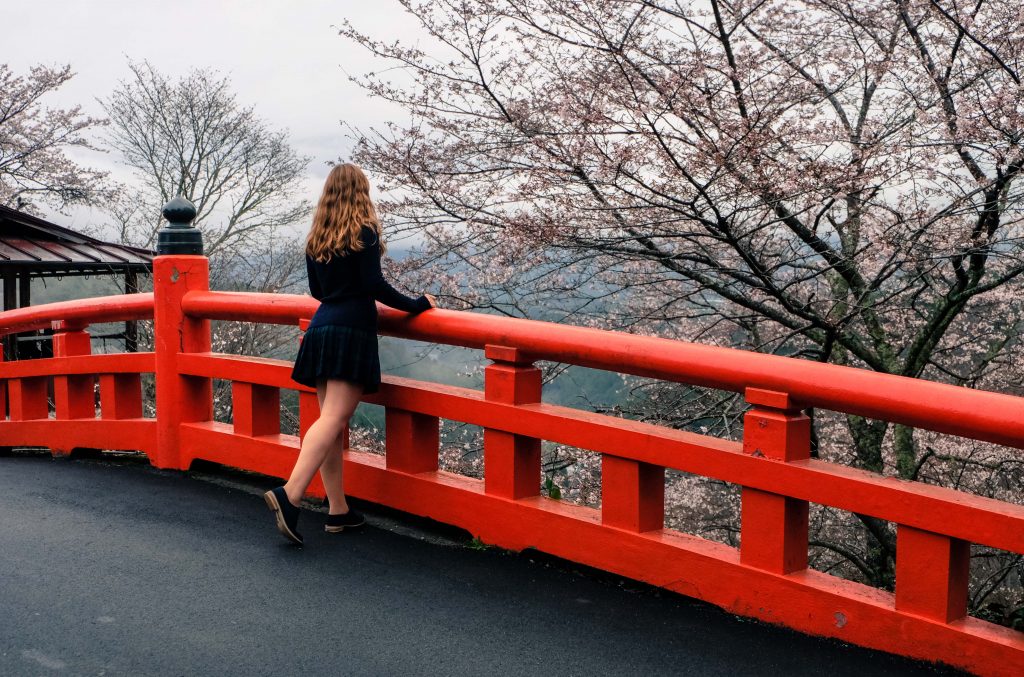
Mount Yoshinoyama in Japan
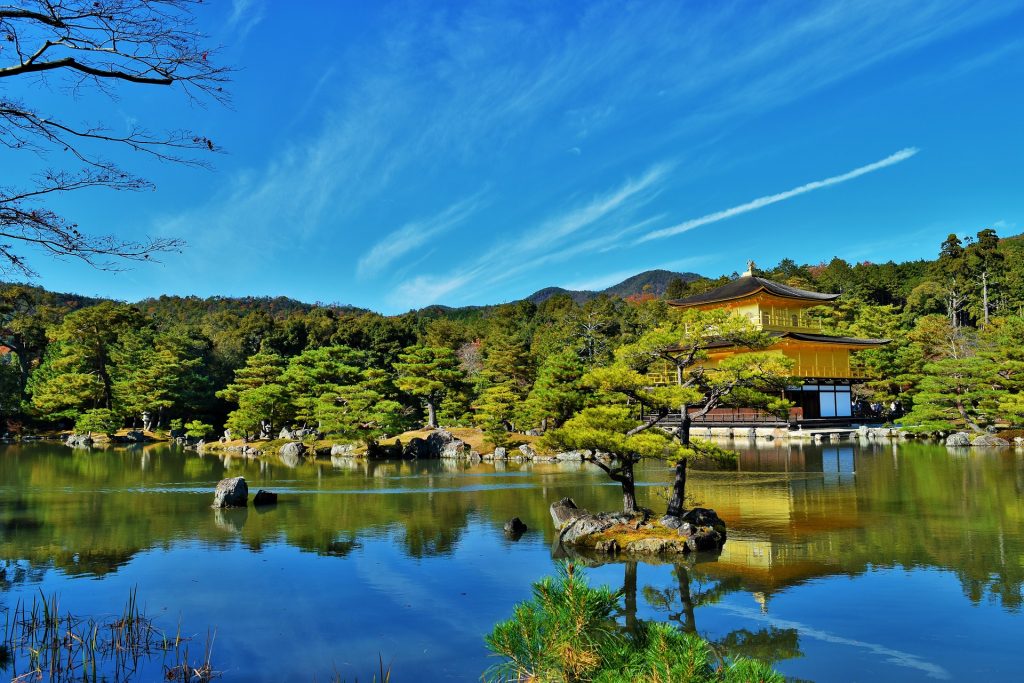
Day trips from Kyoto
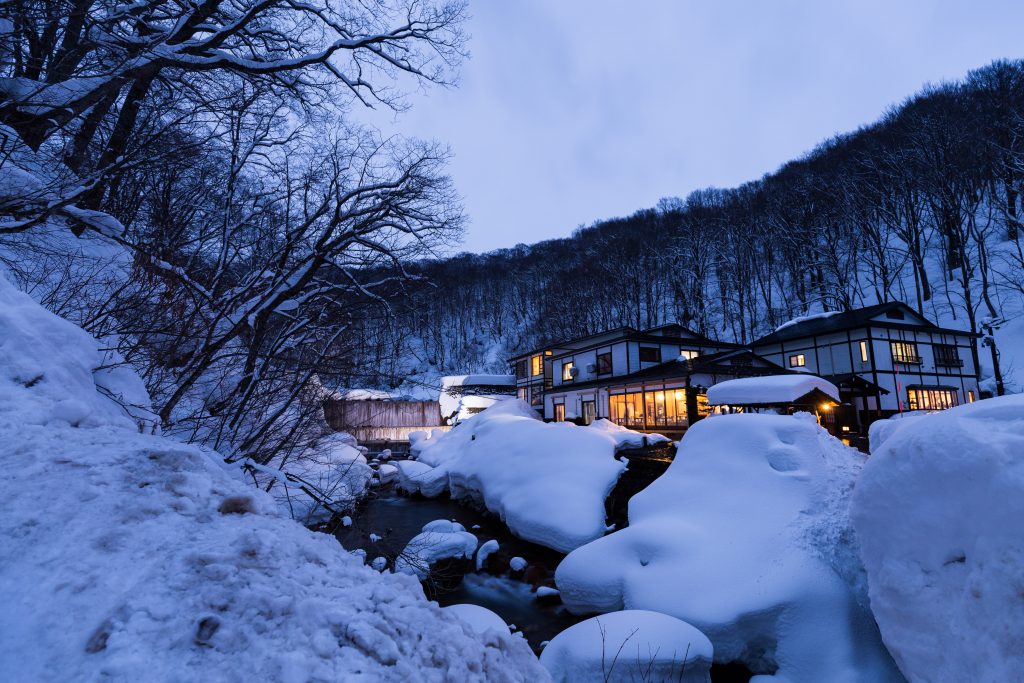
Kyoto Onsen
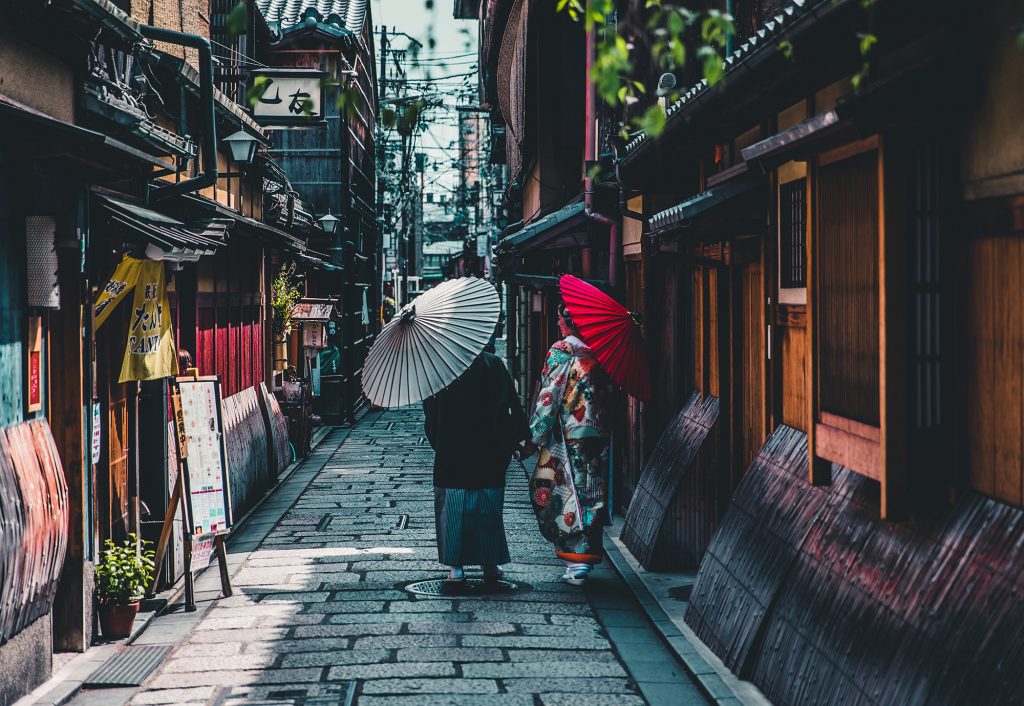
Where to stay in Kyoto
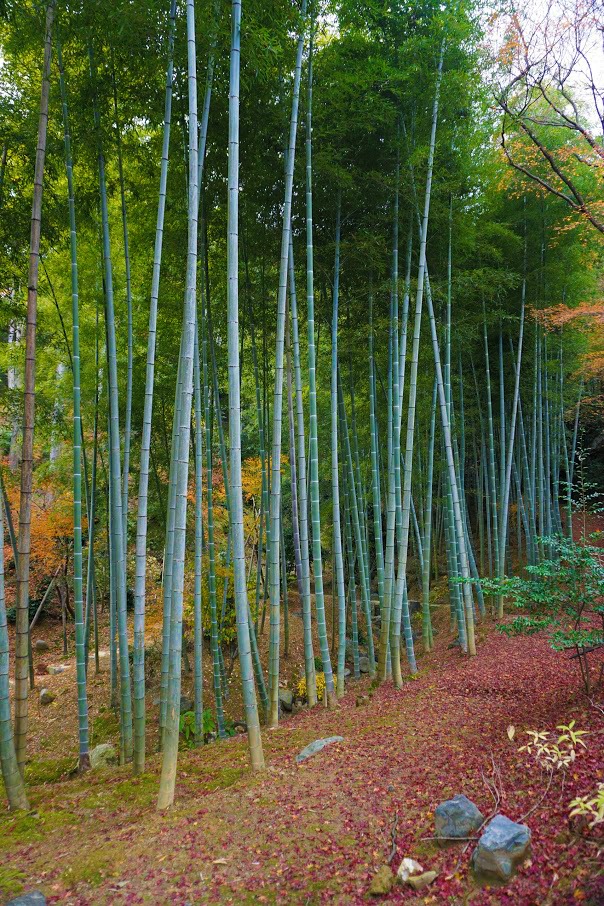
Kyoto – a perfect combination of ancient and modern Japan
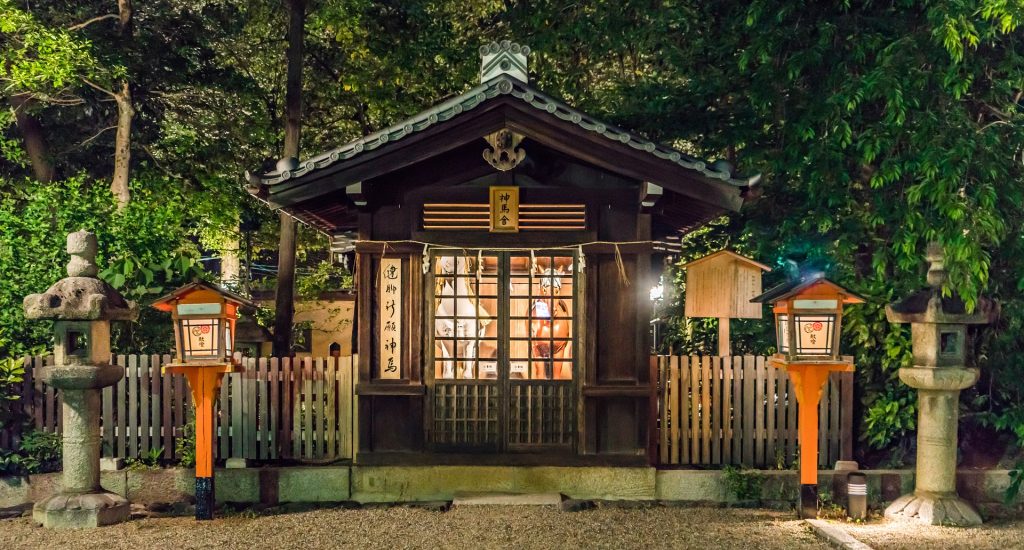
Guide to Kyoto Temples & Shrines
Prepare for your visit to Okinawa

What to eat in Okinawa
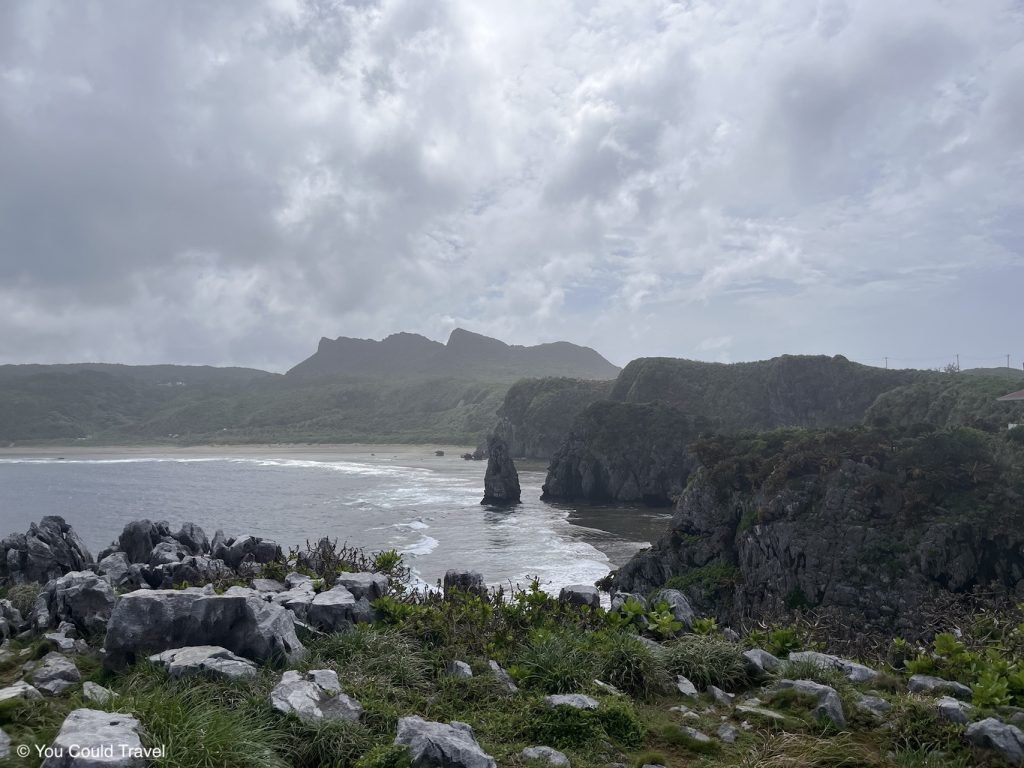
Guide to Cape Hedo Okinawa
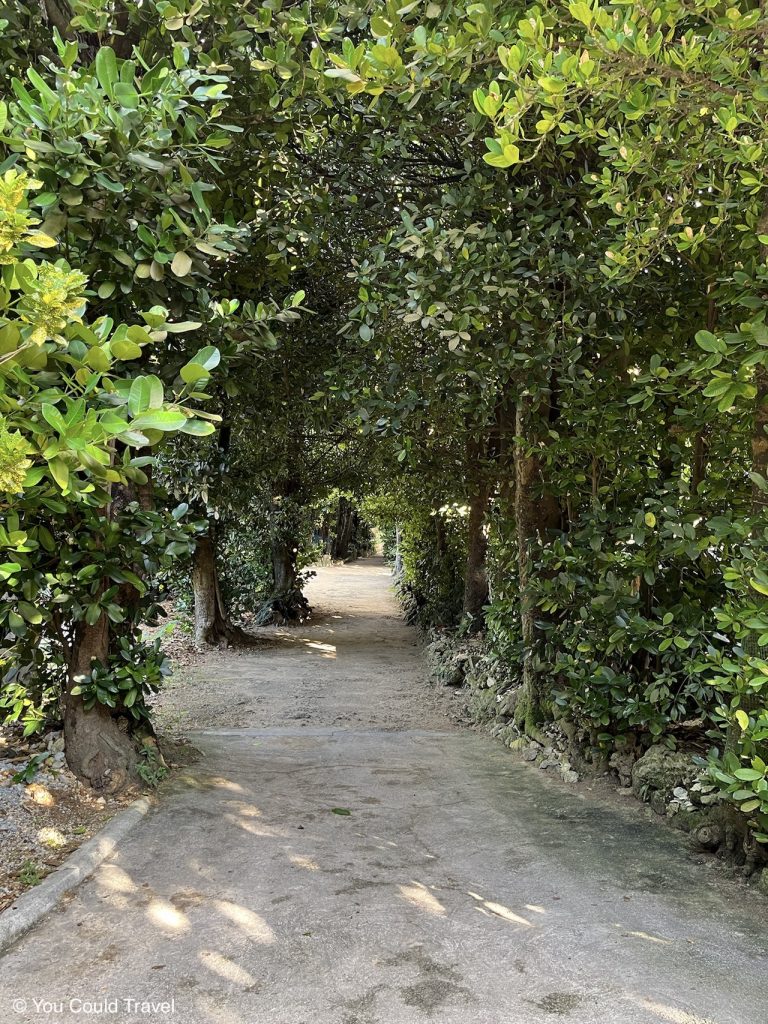
Bise Fukugi Tree Road
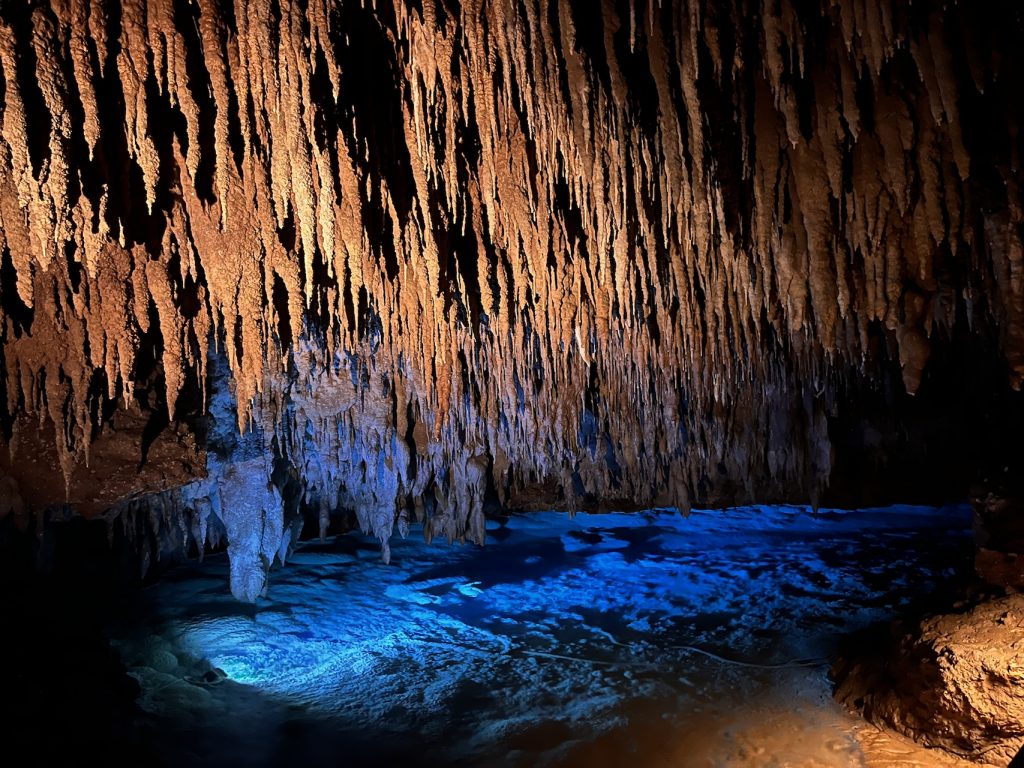
Discovering Gyokusendo cave
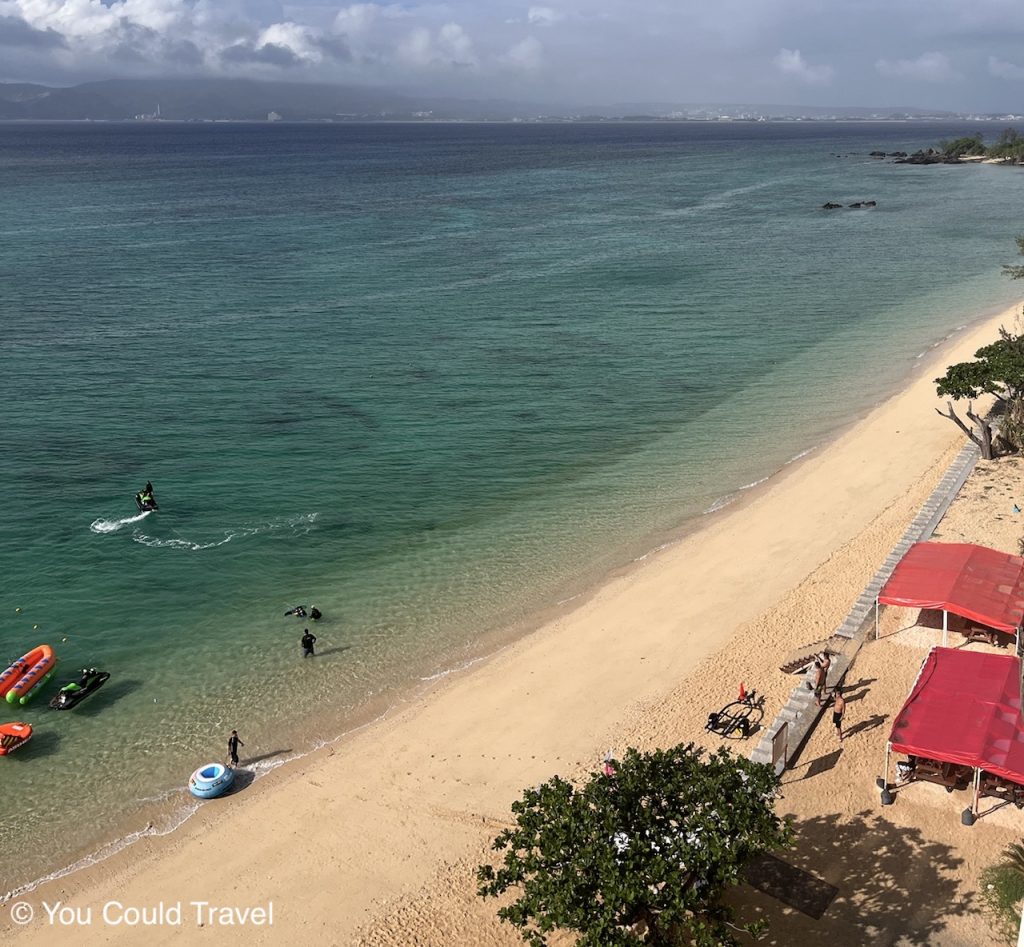
5-day Okinawa Itinerary
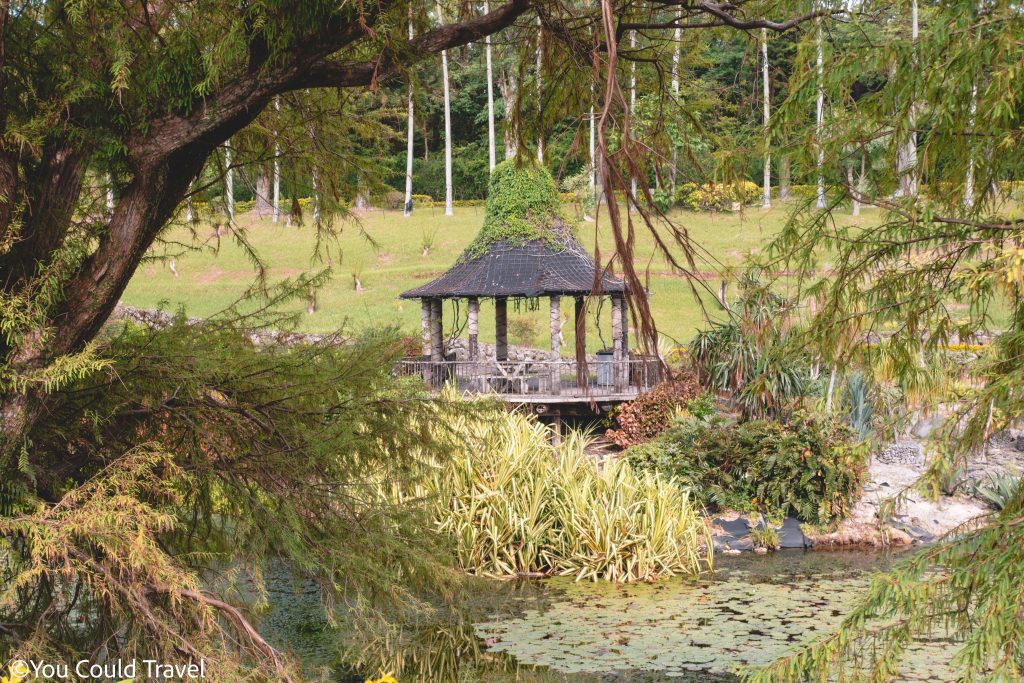
Okinawa Southeast Botanical Gardens
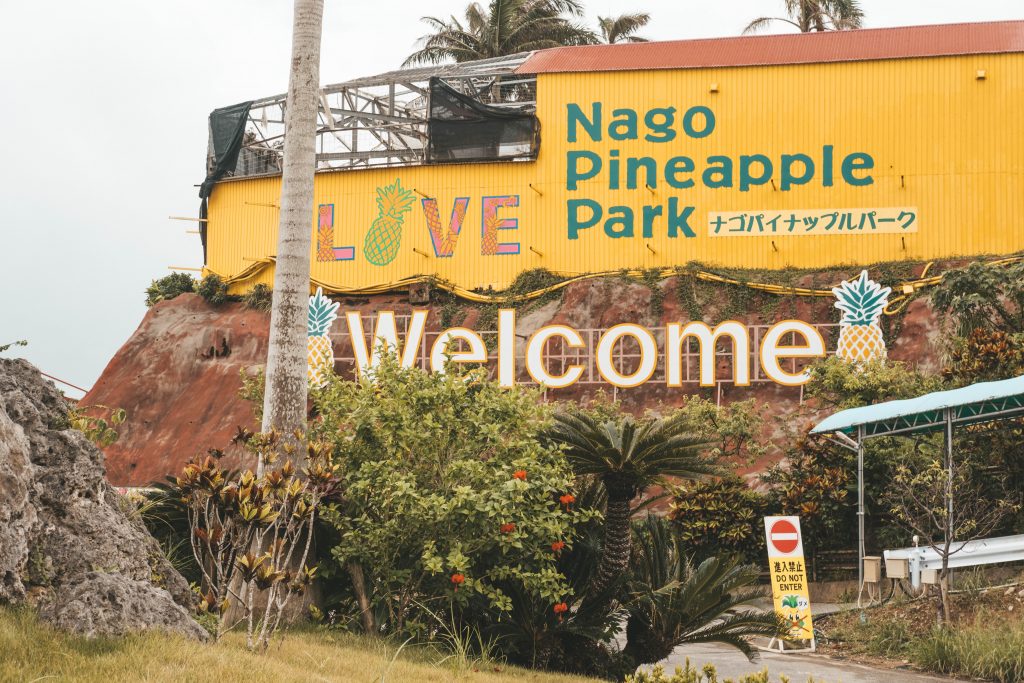
Nago Pineapple Park in Okinawa
